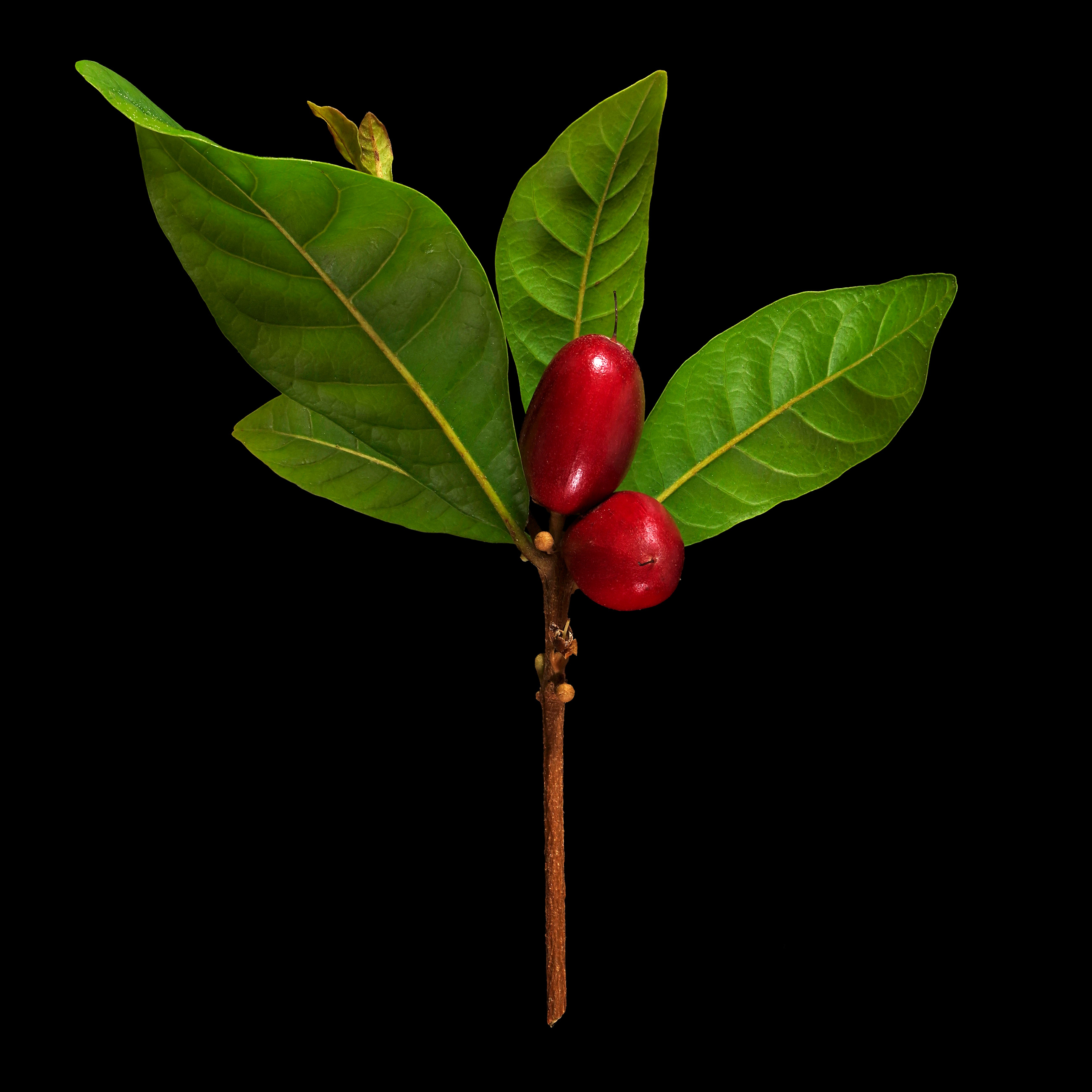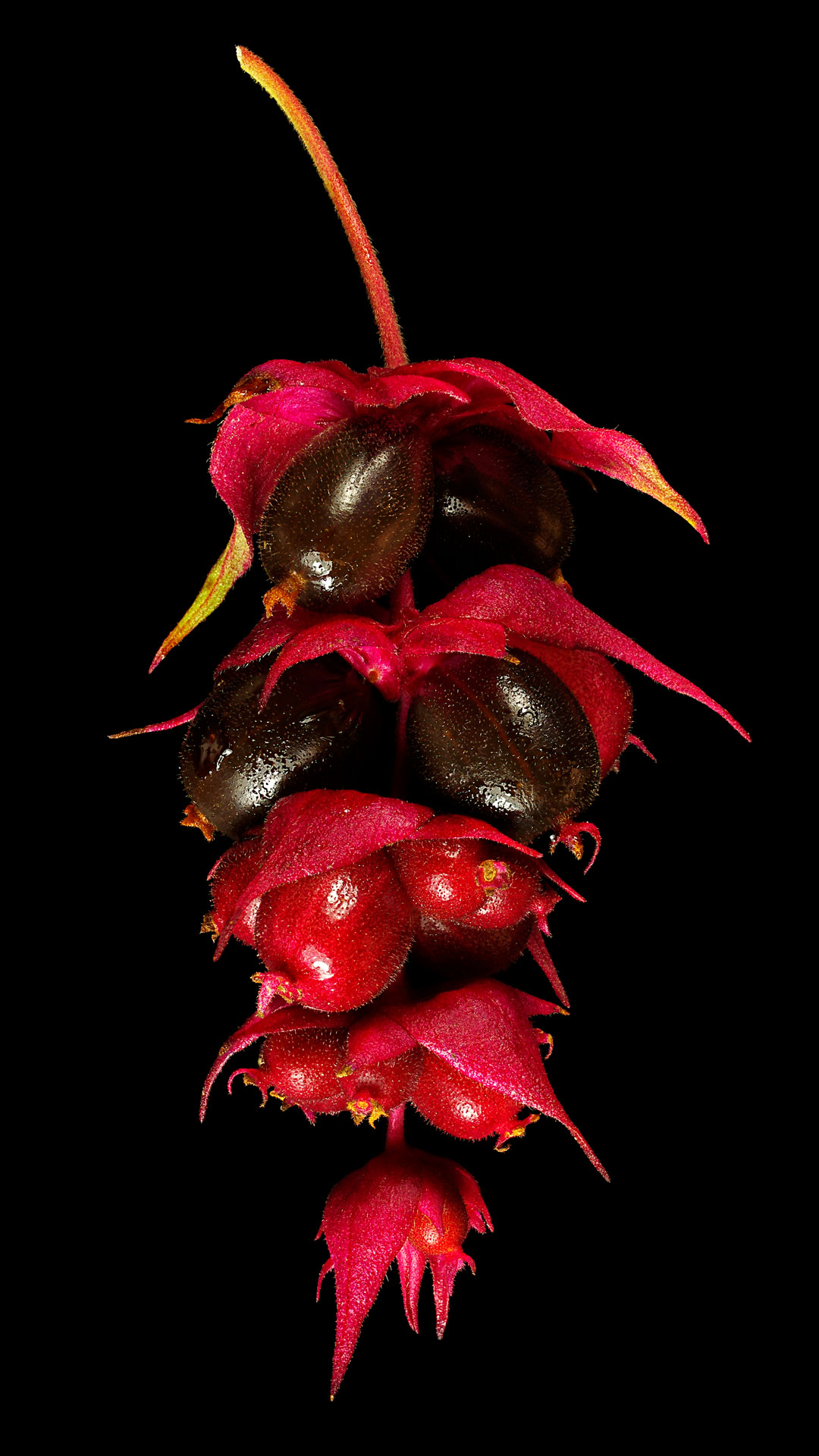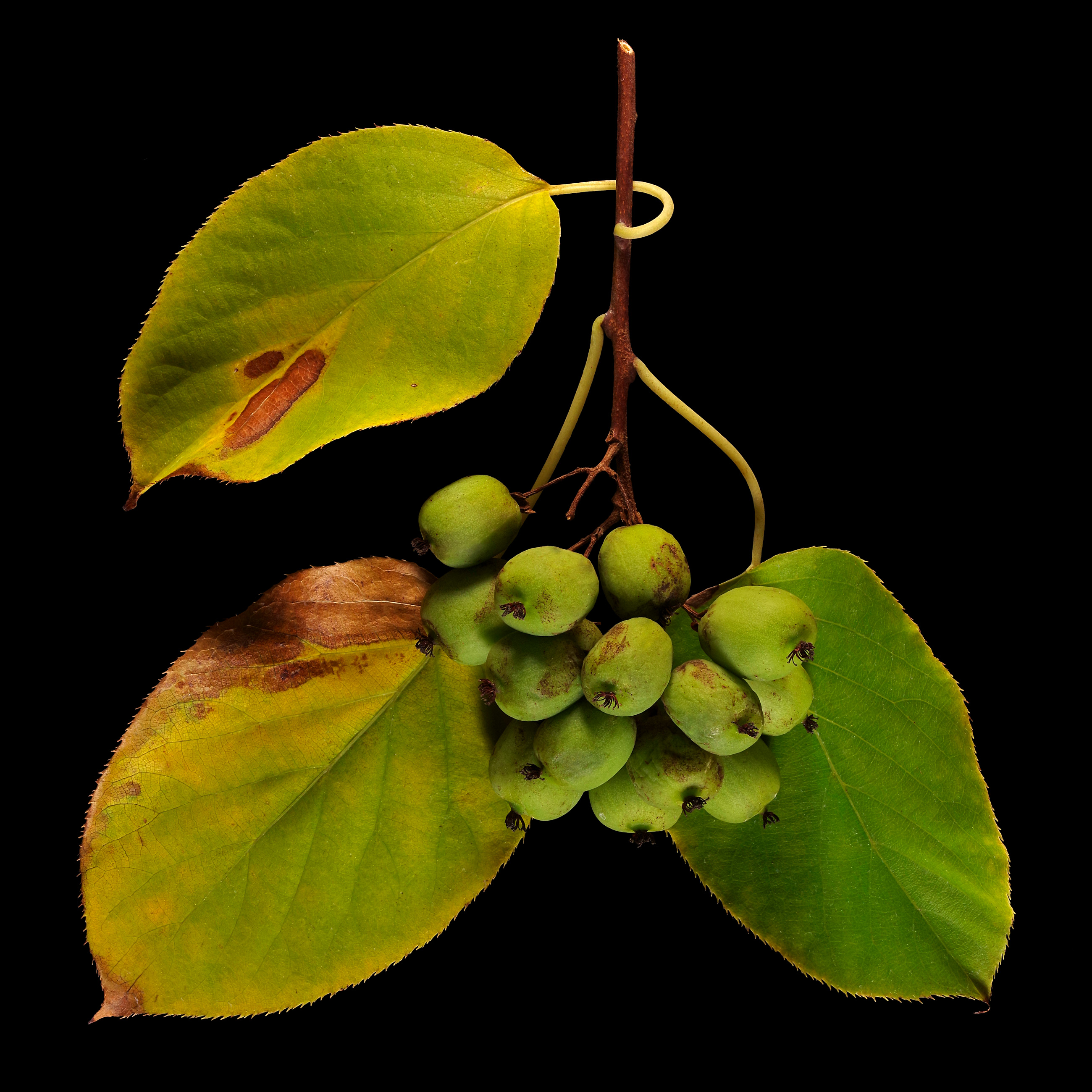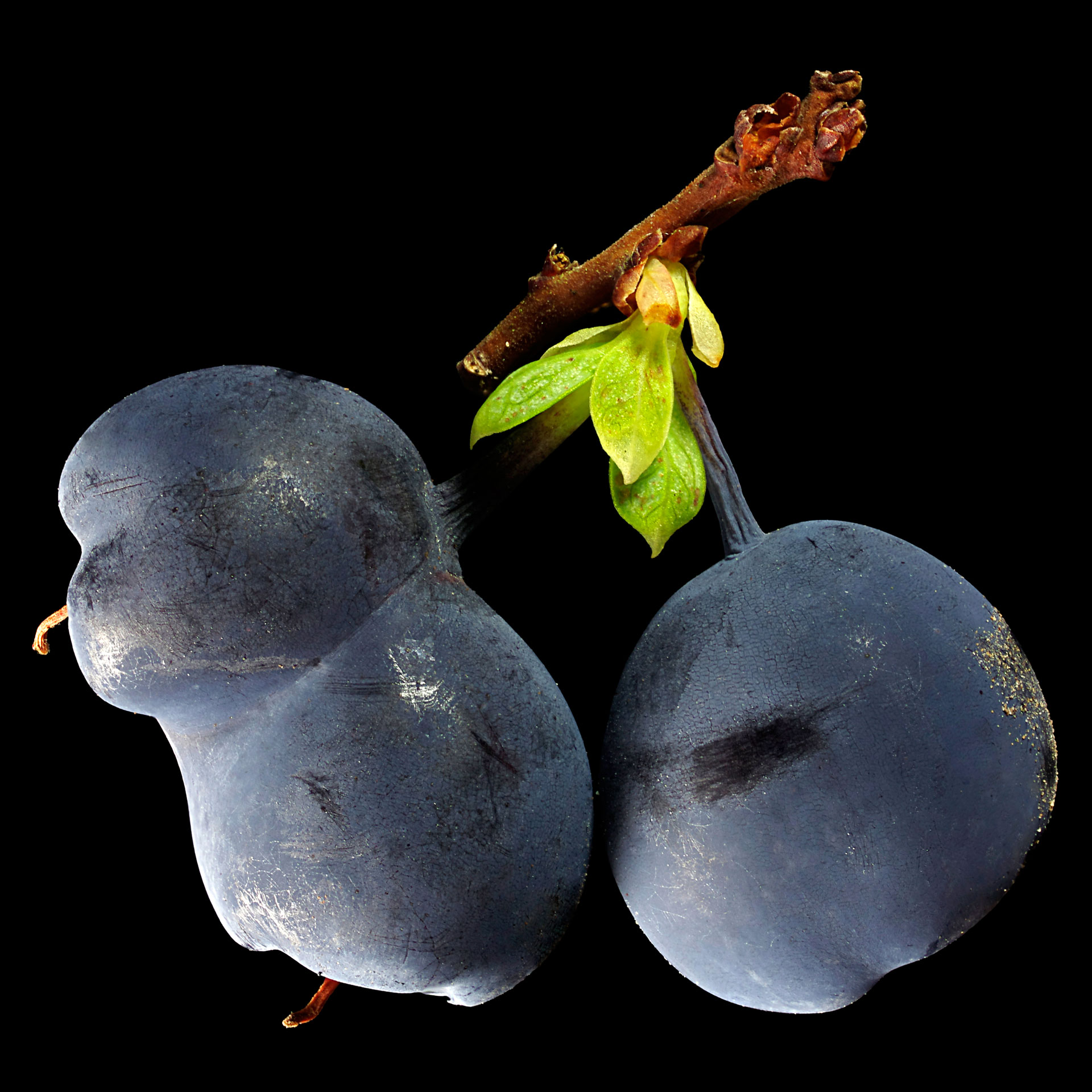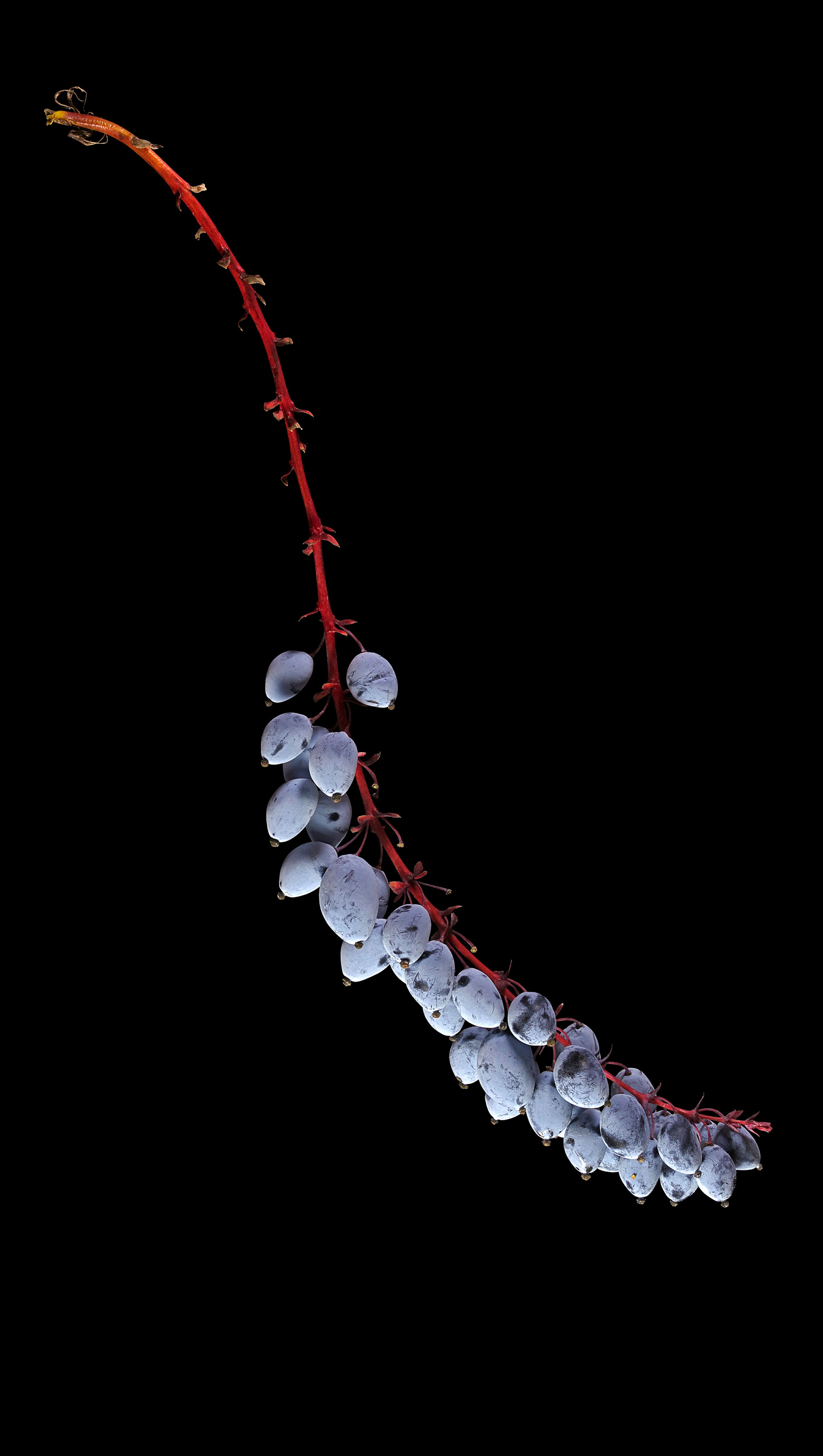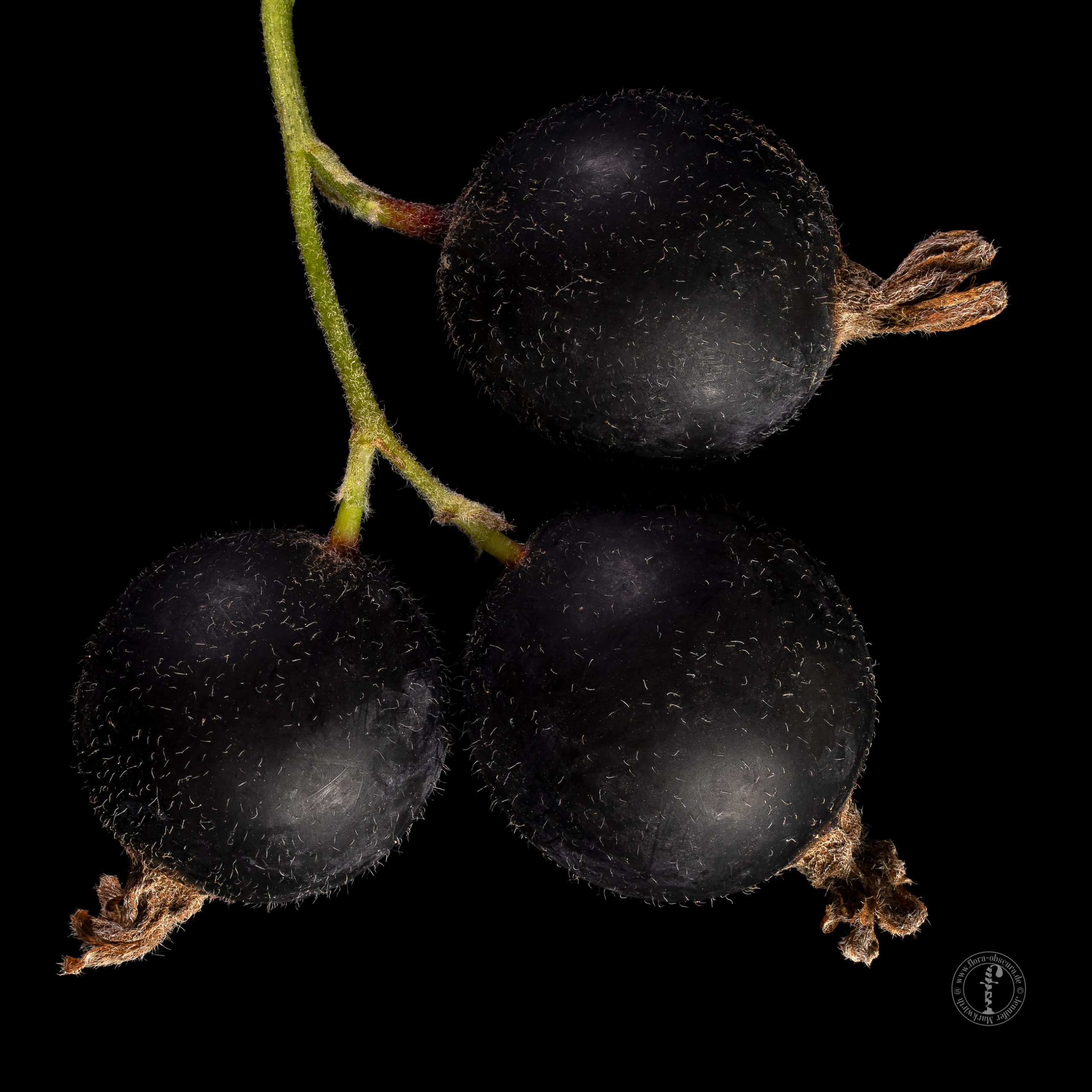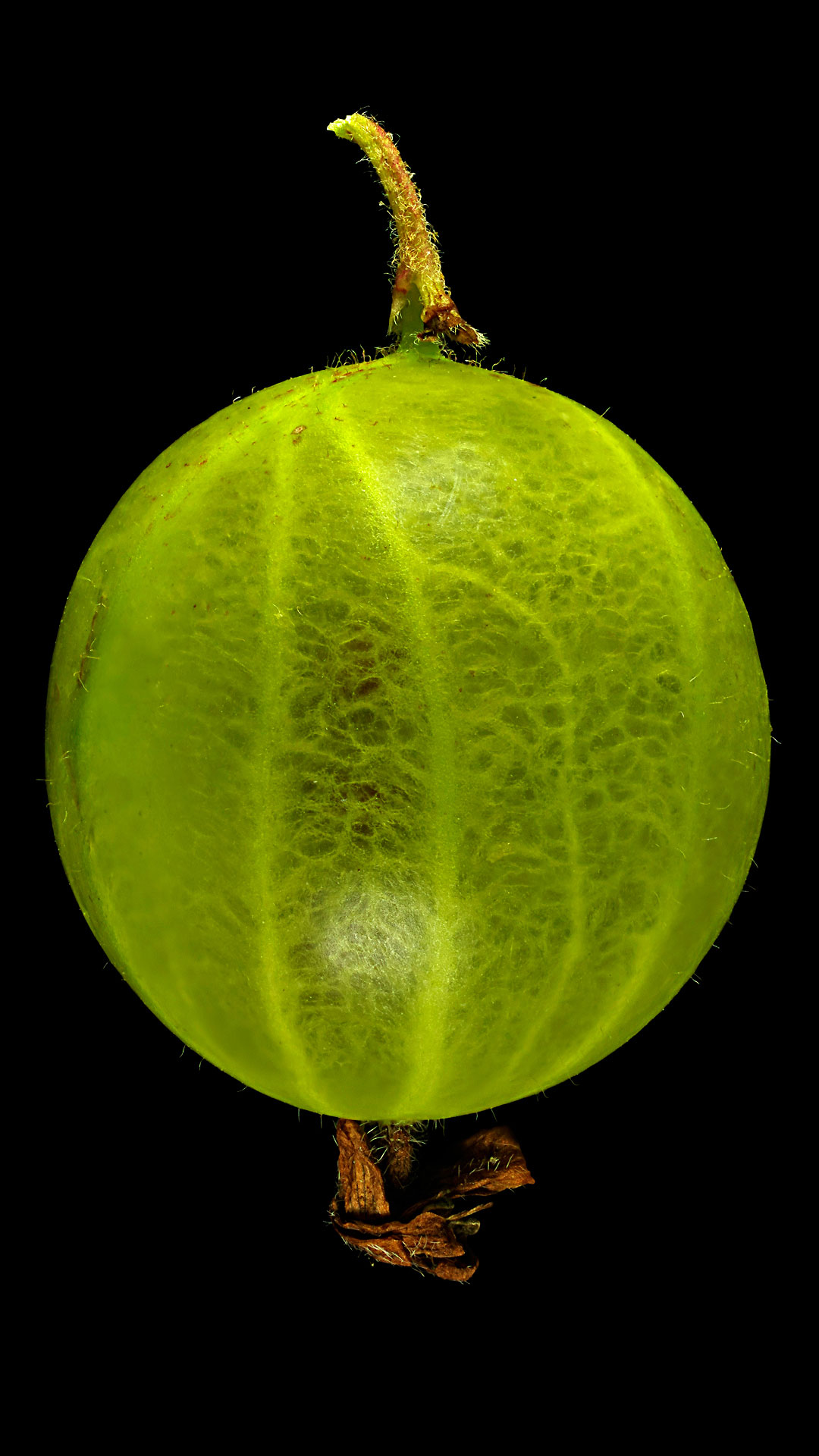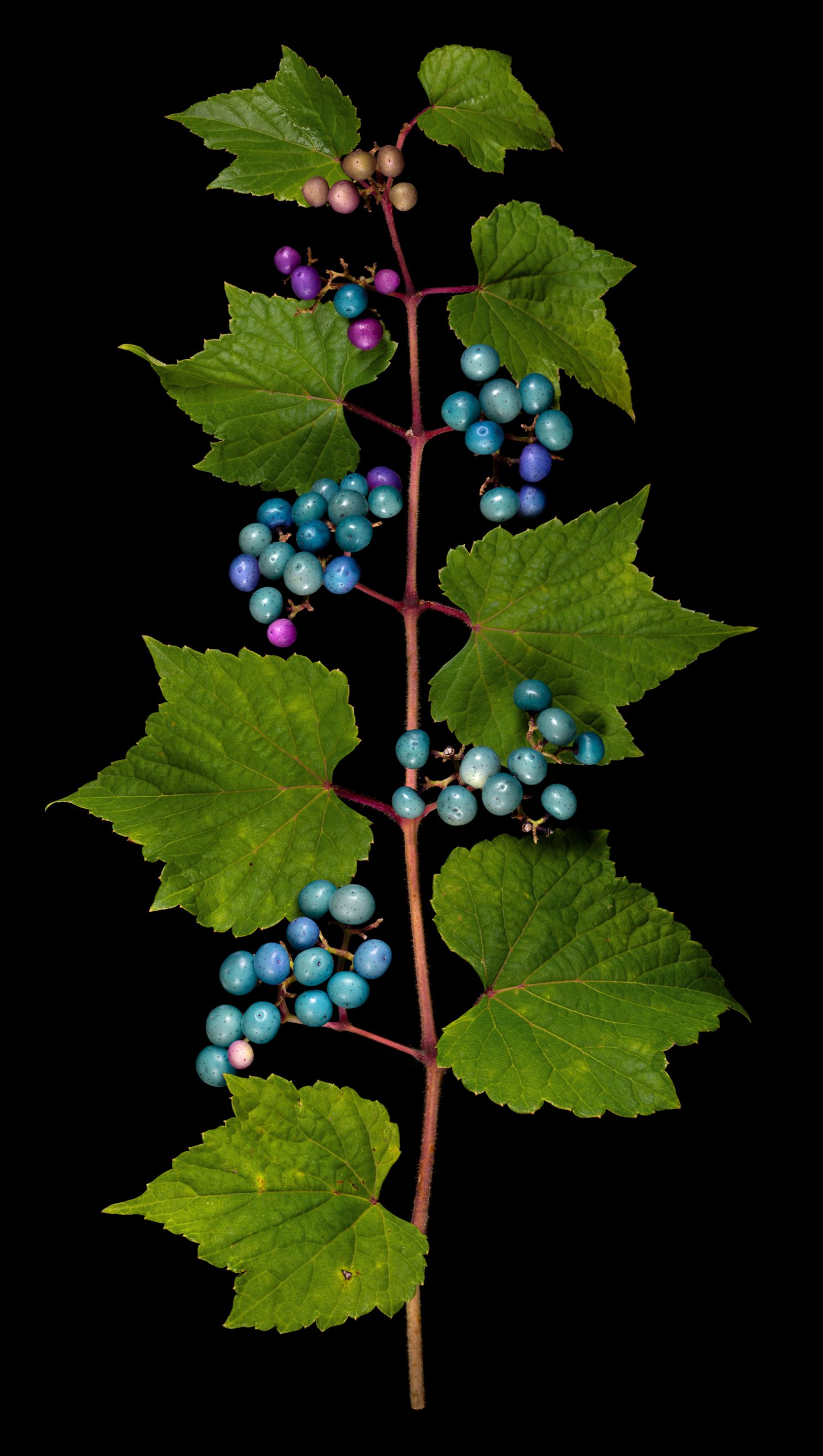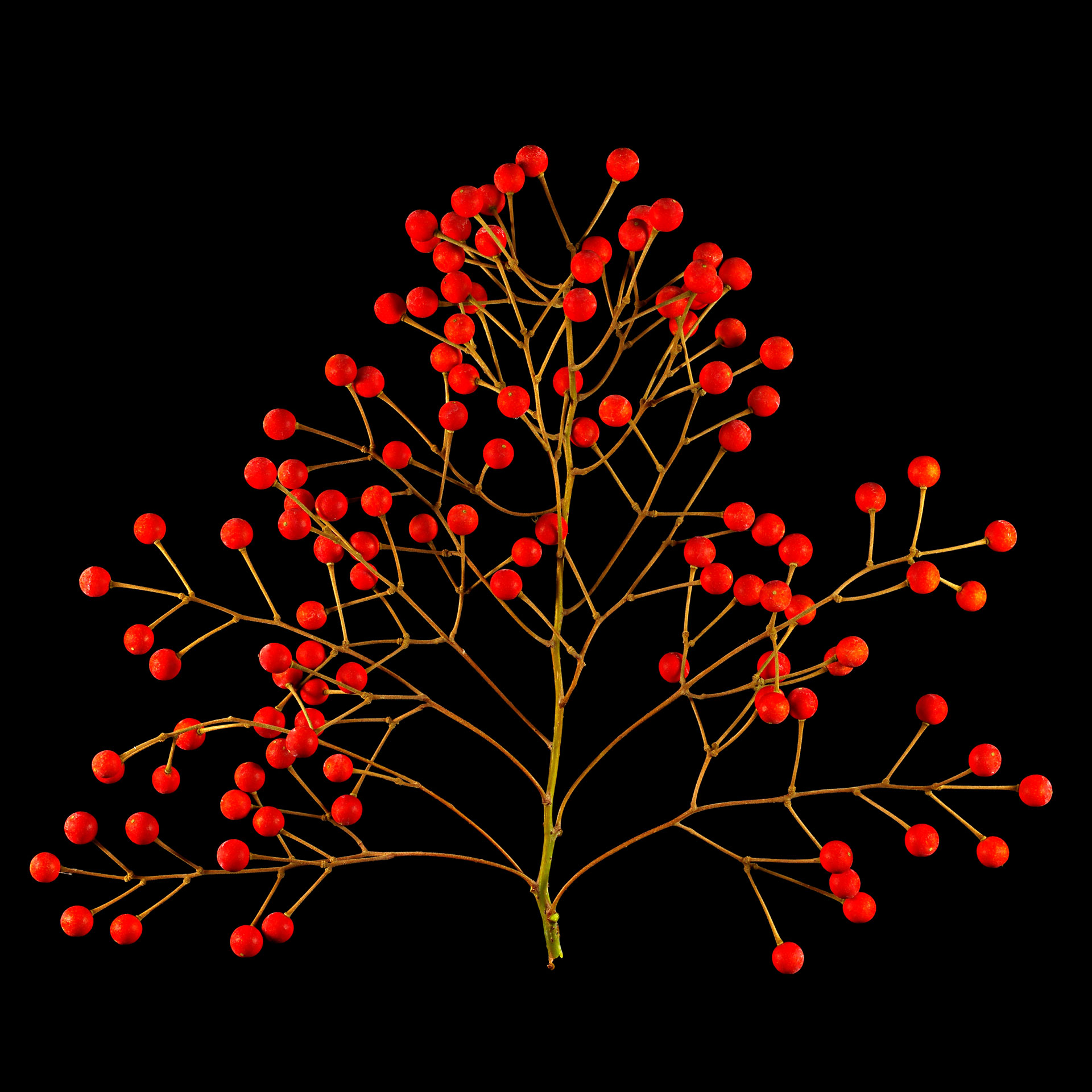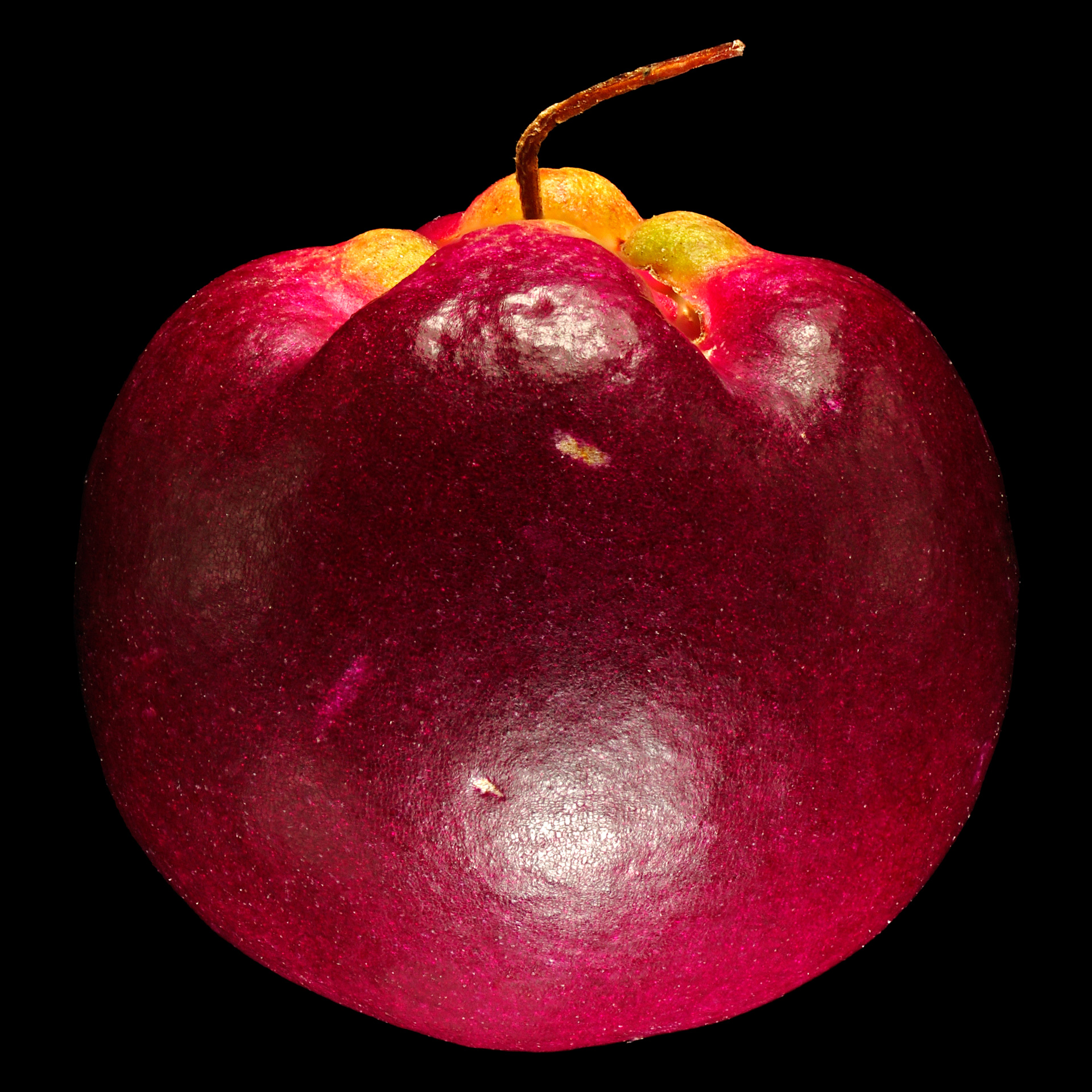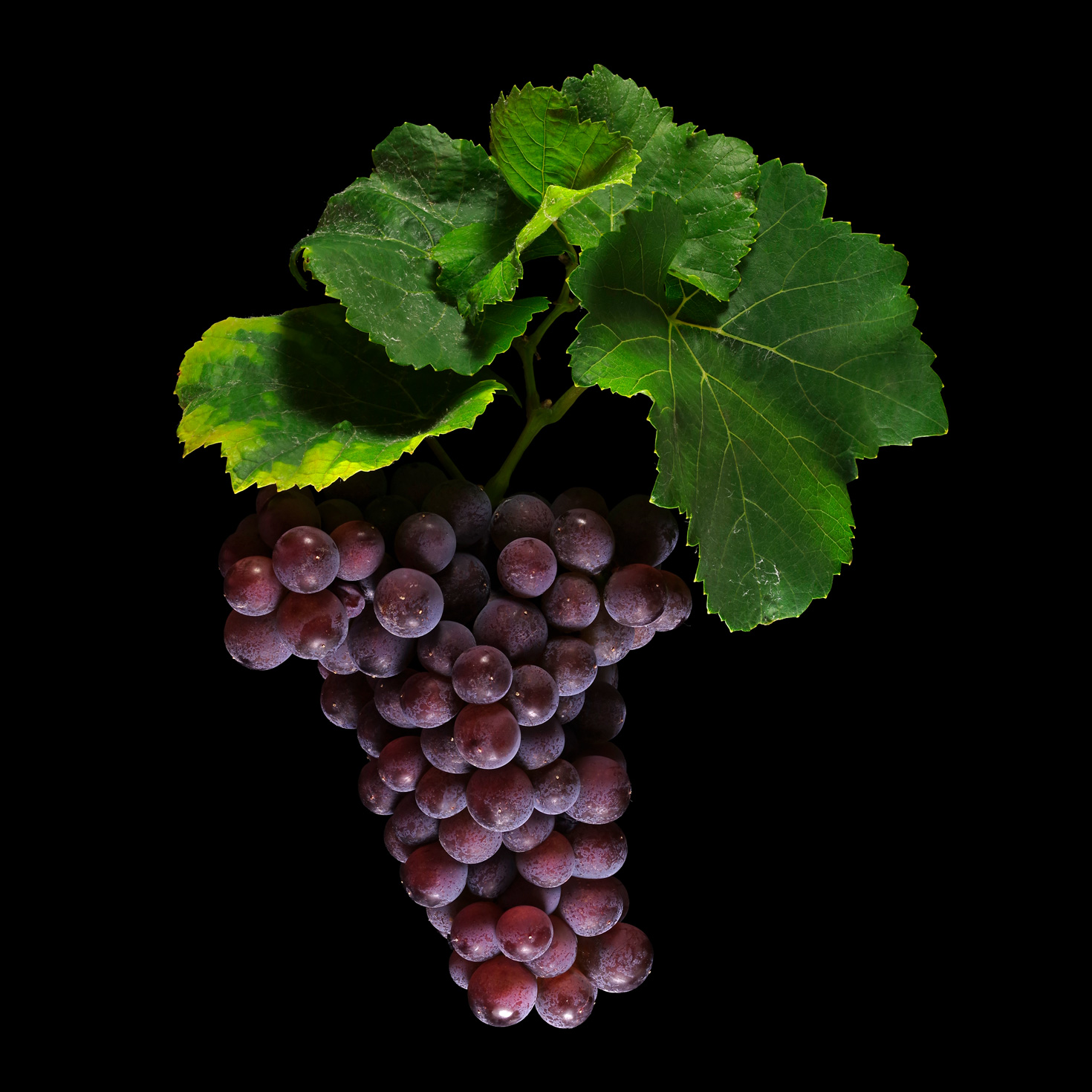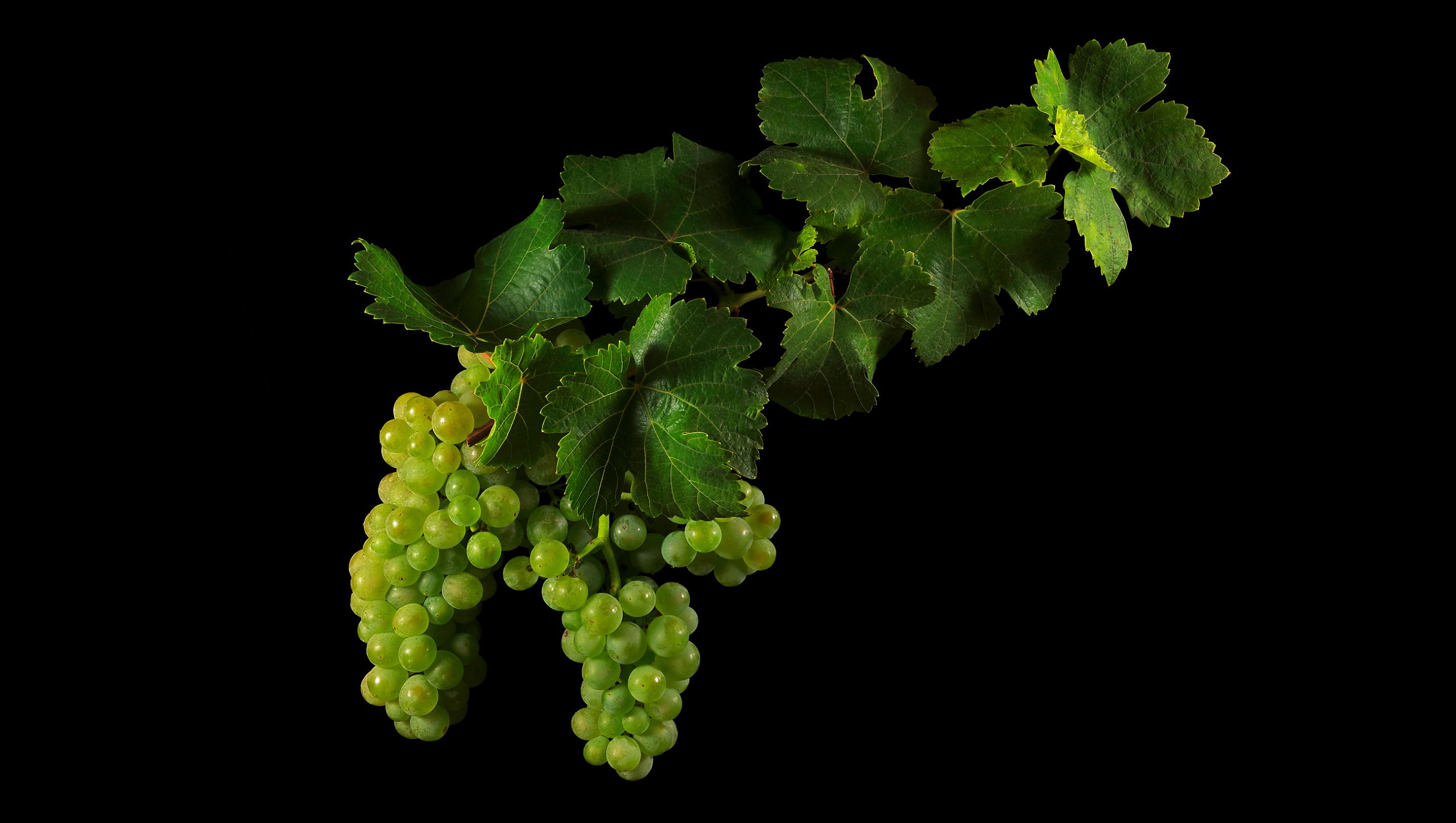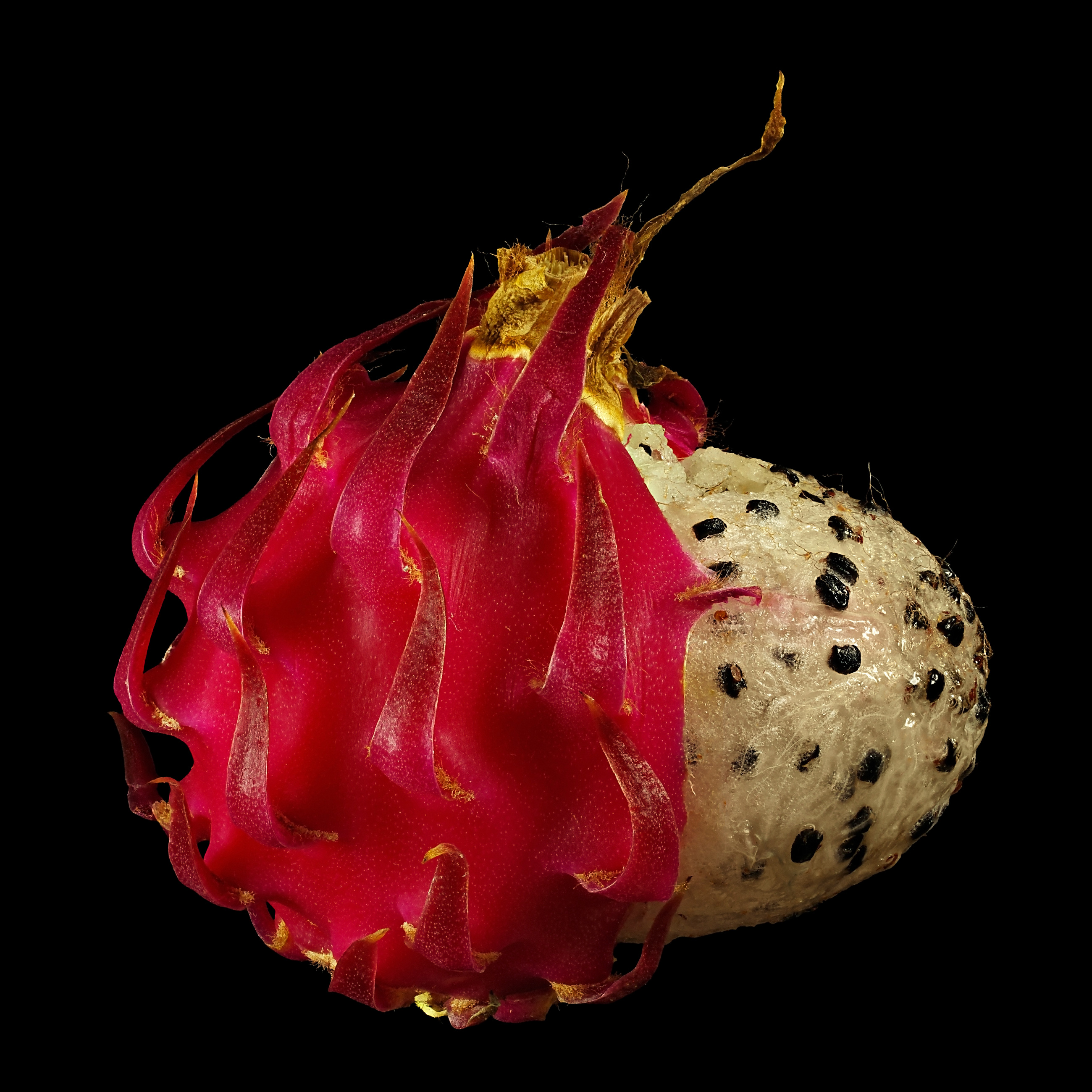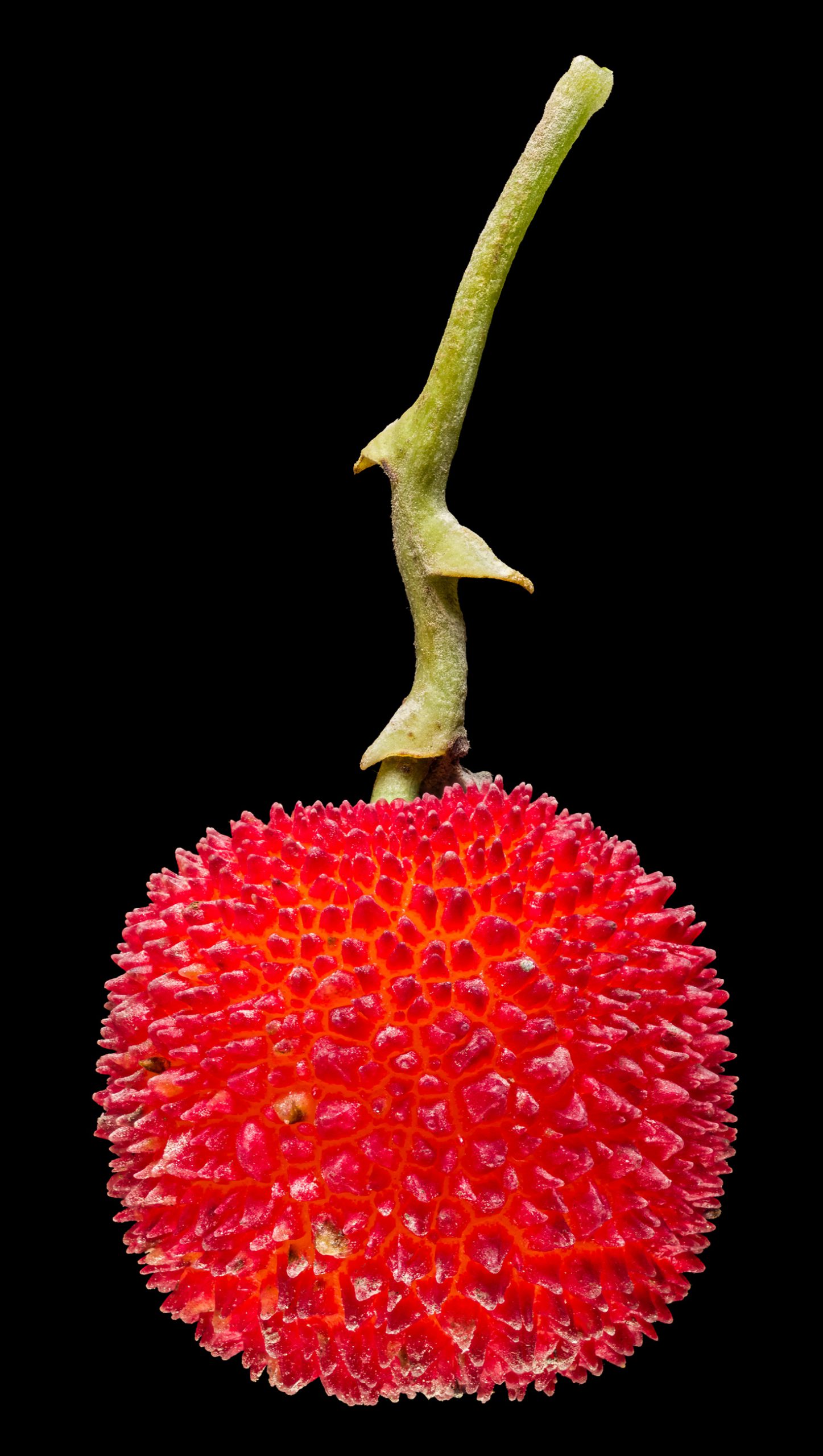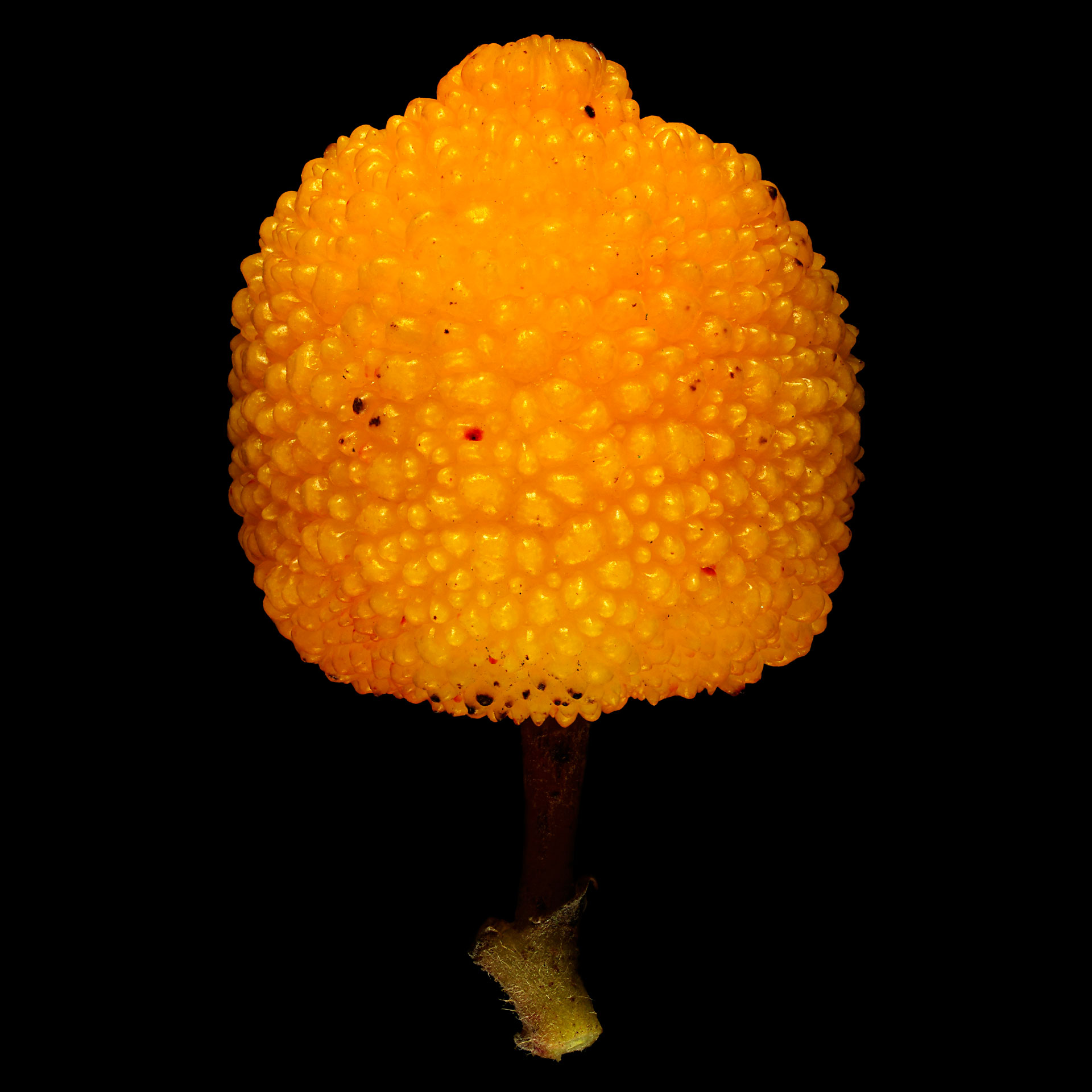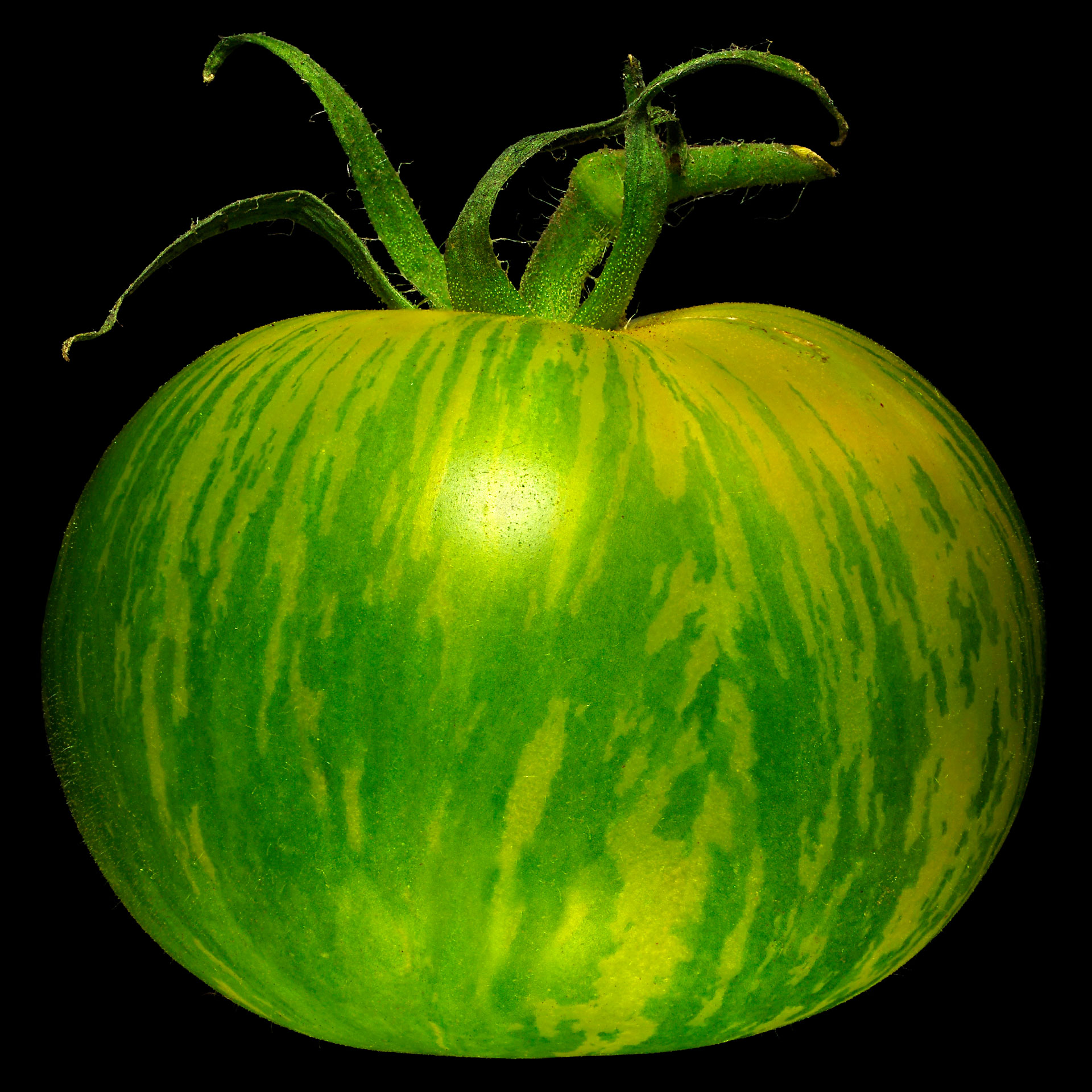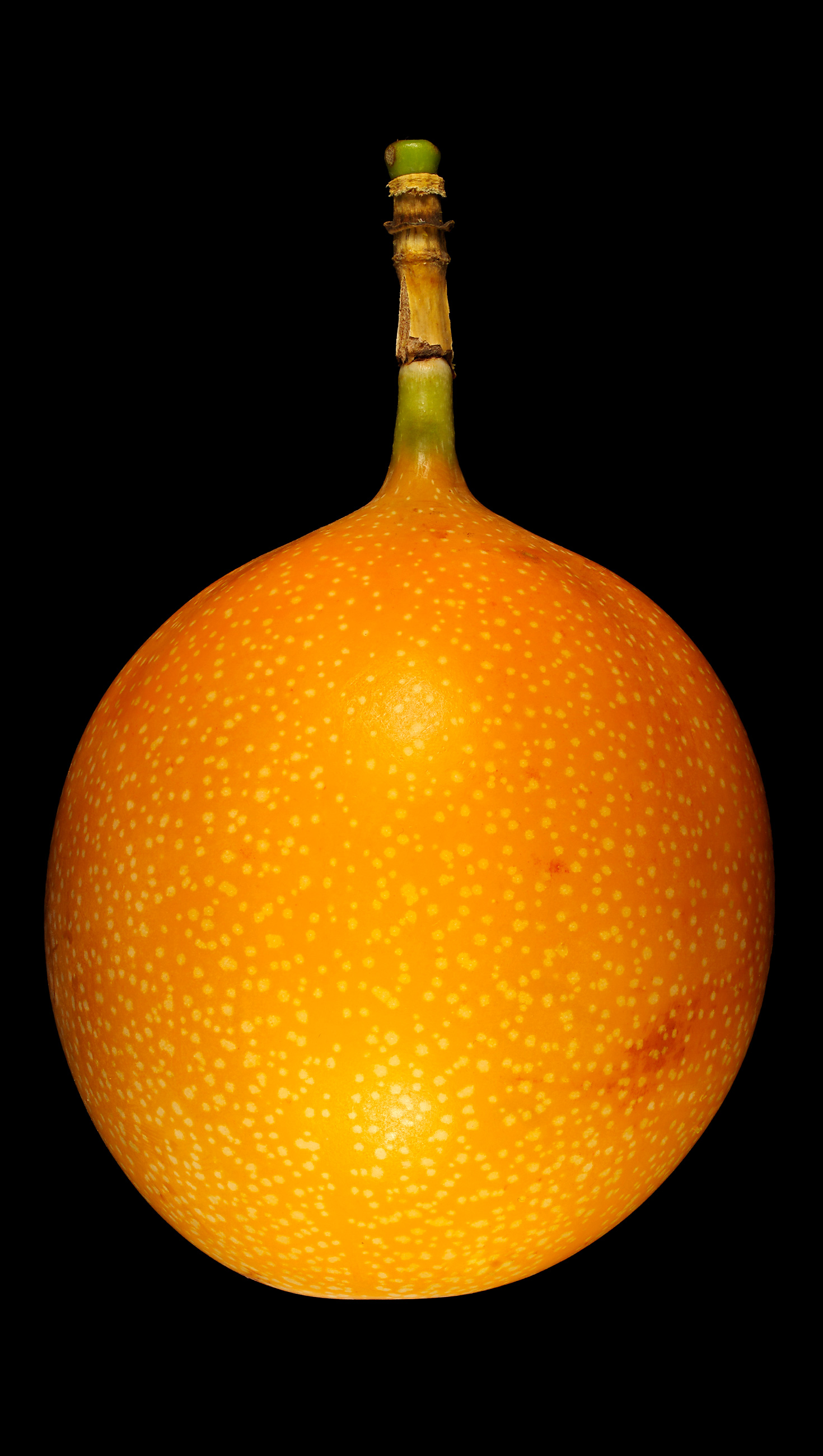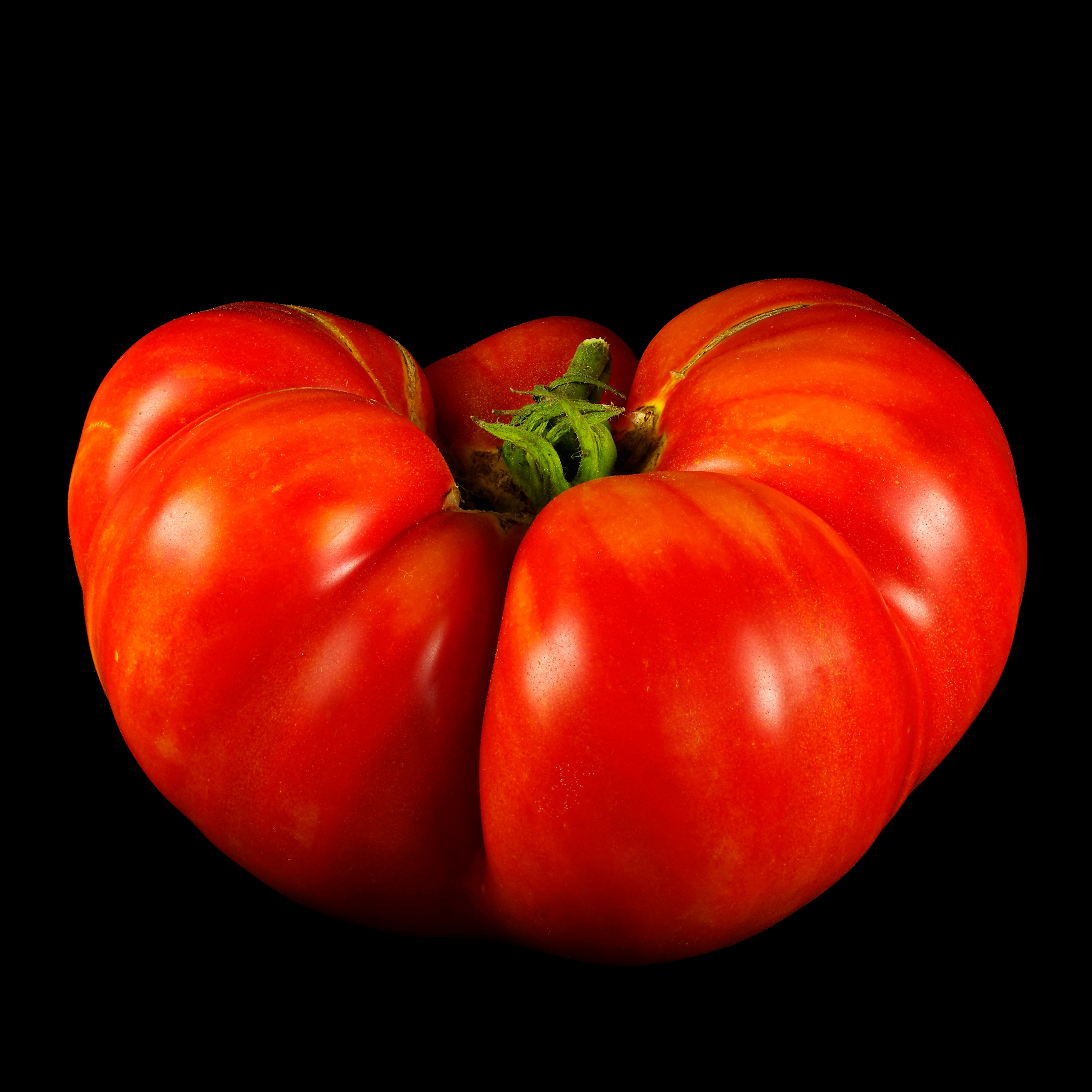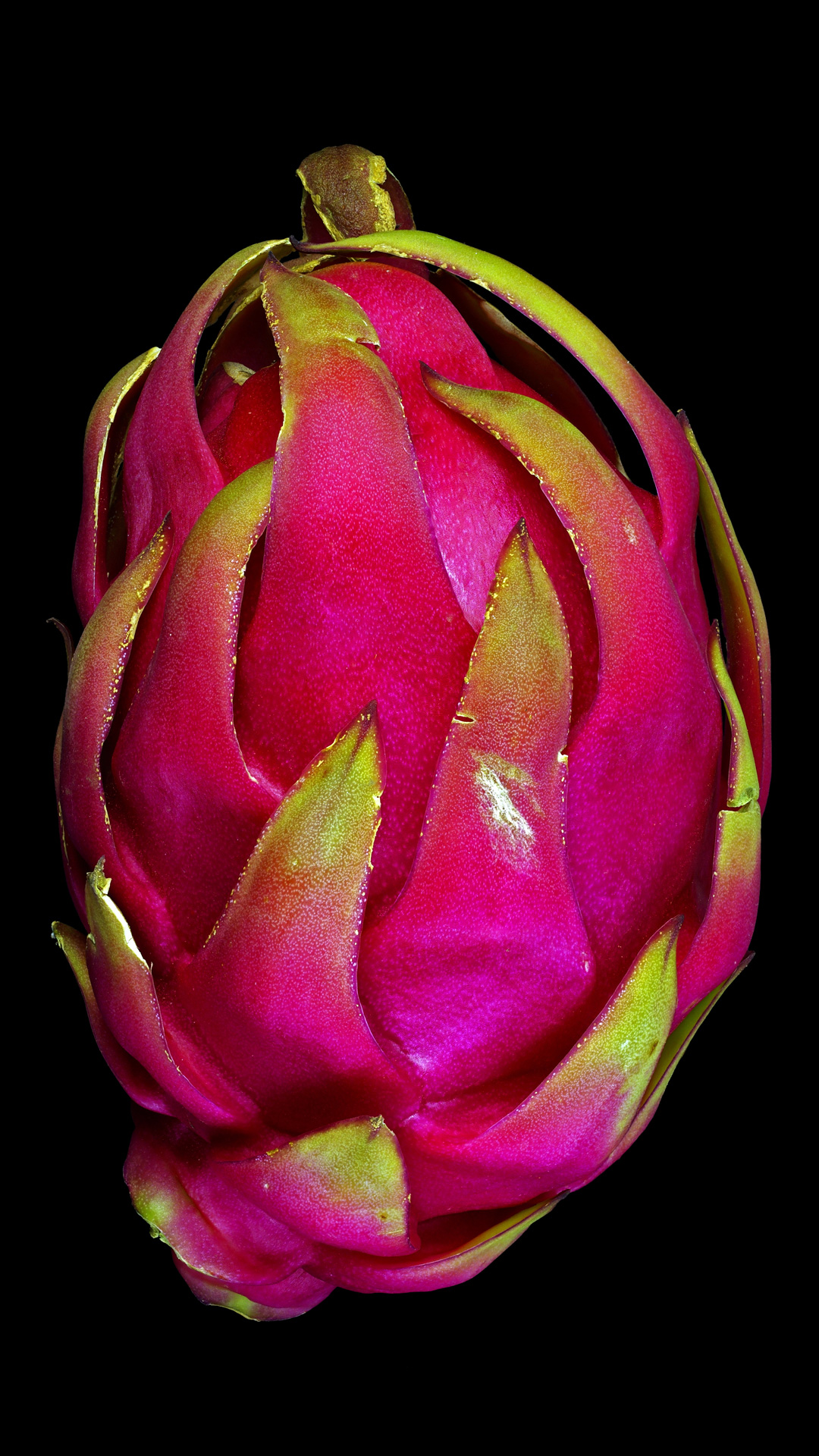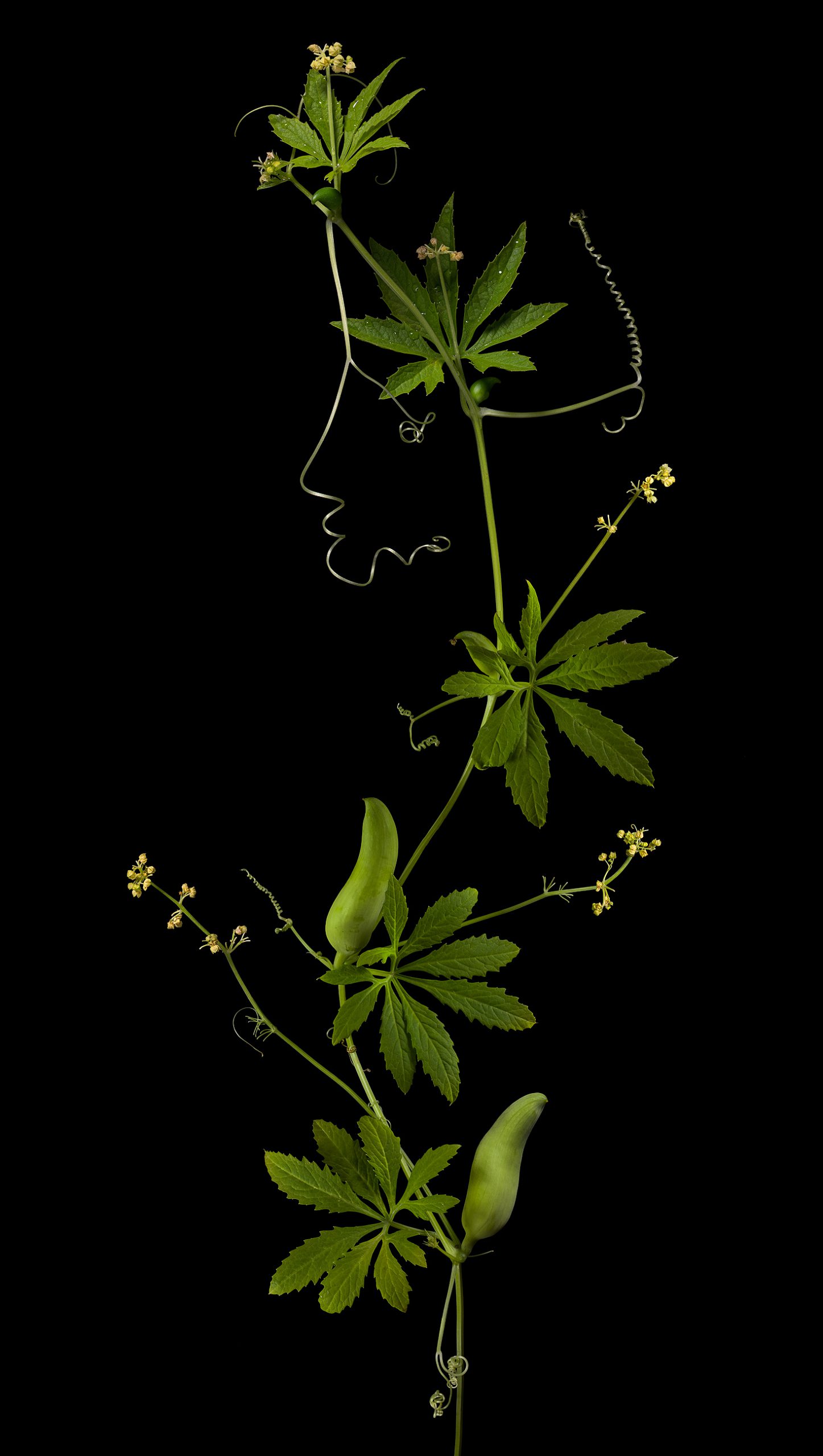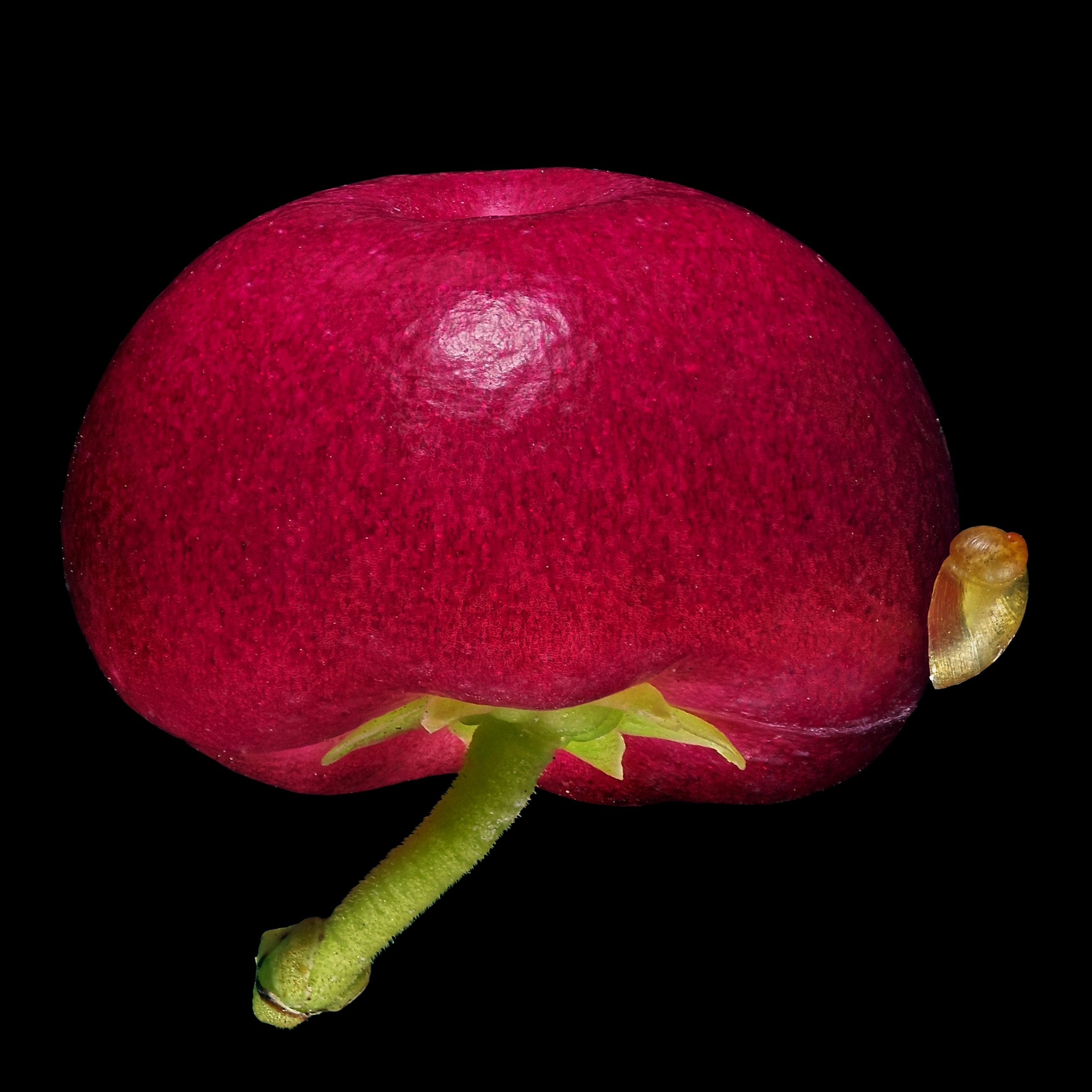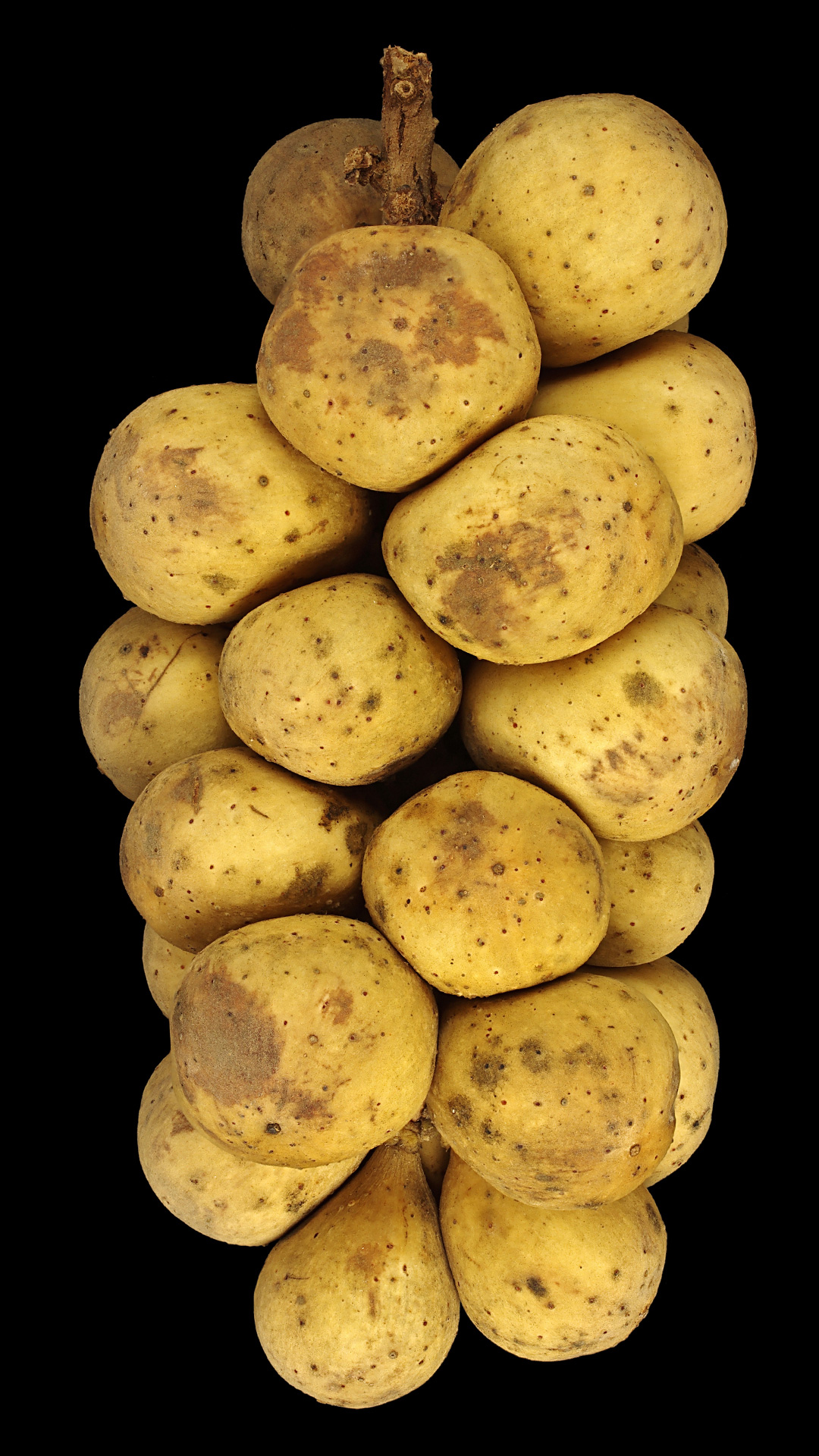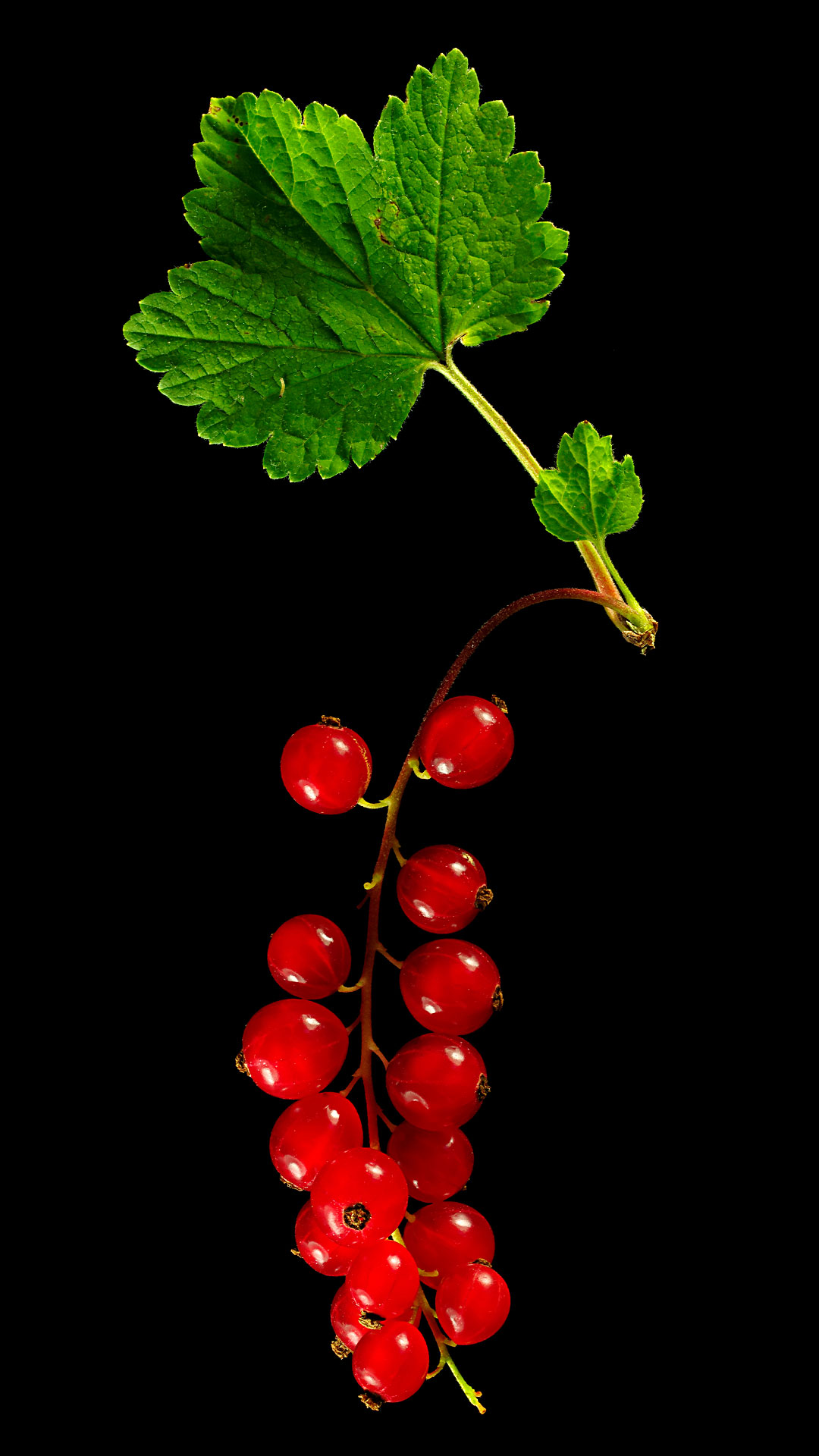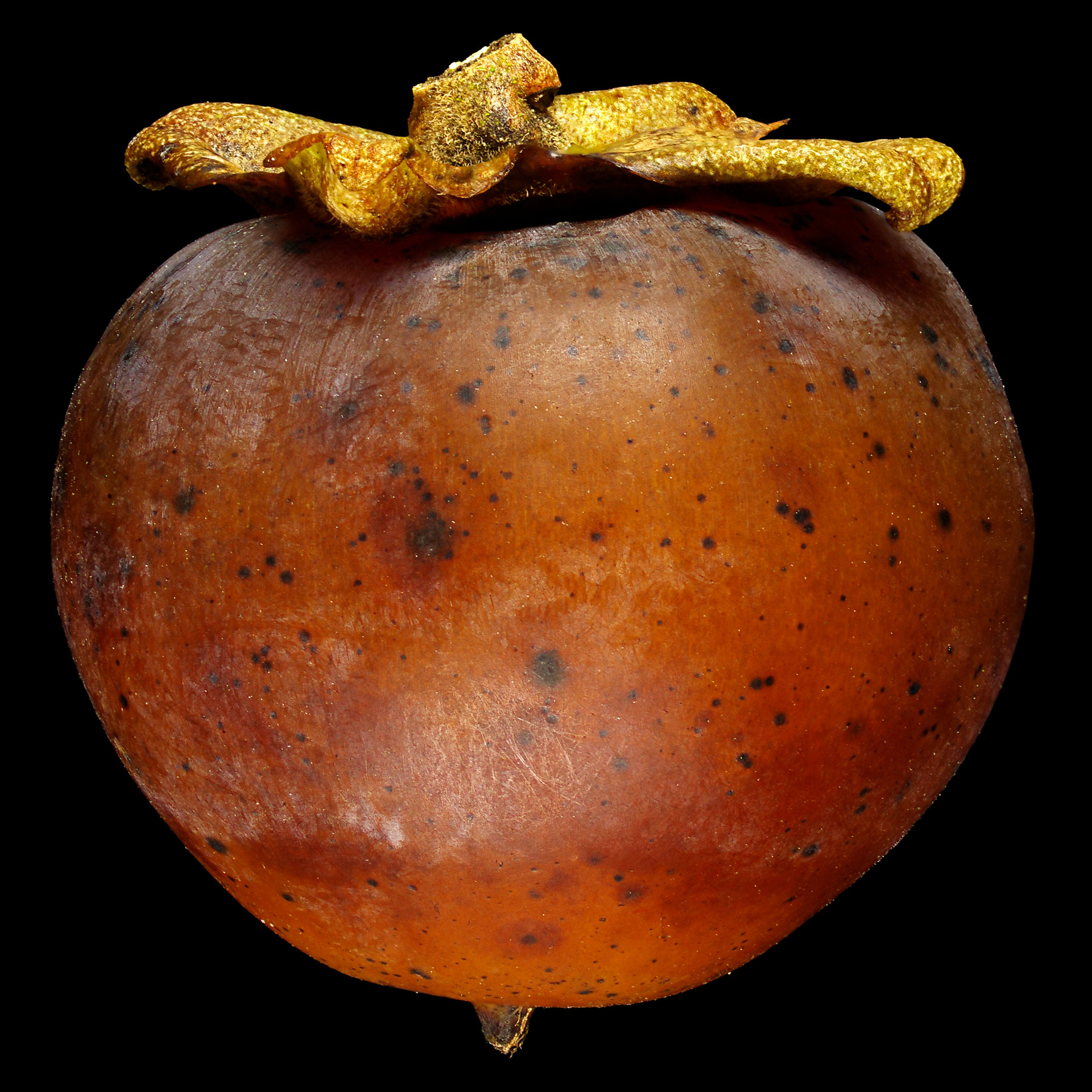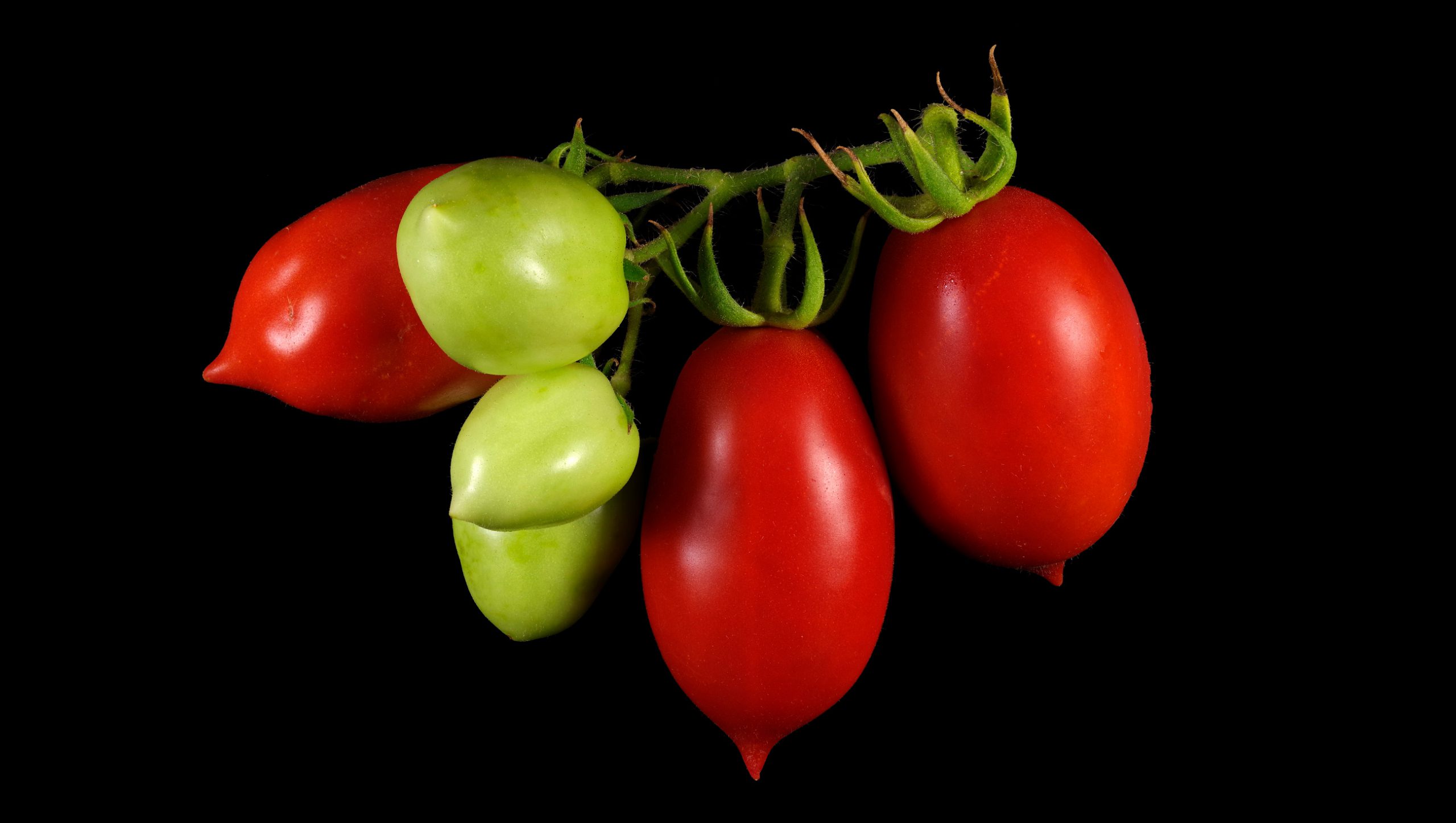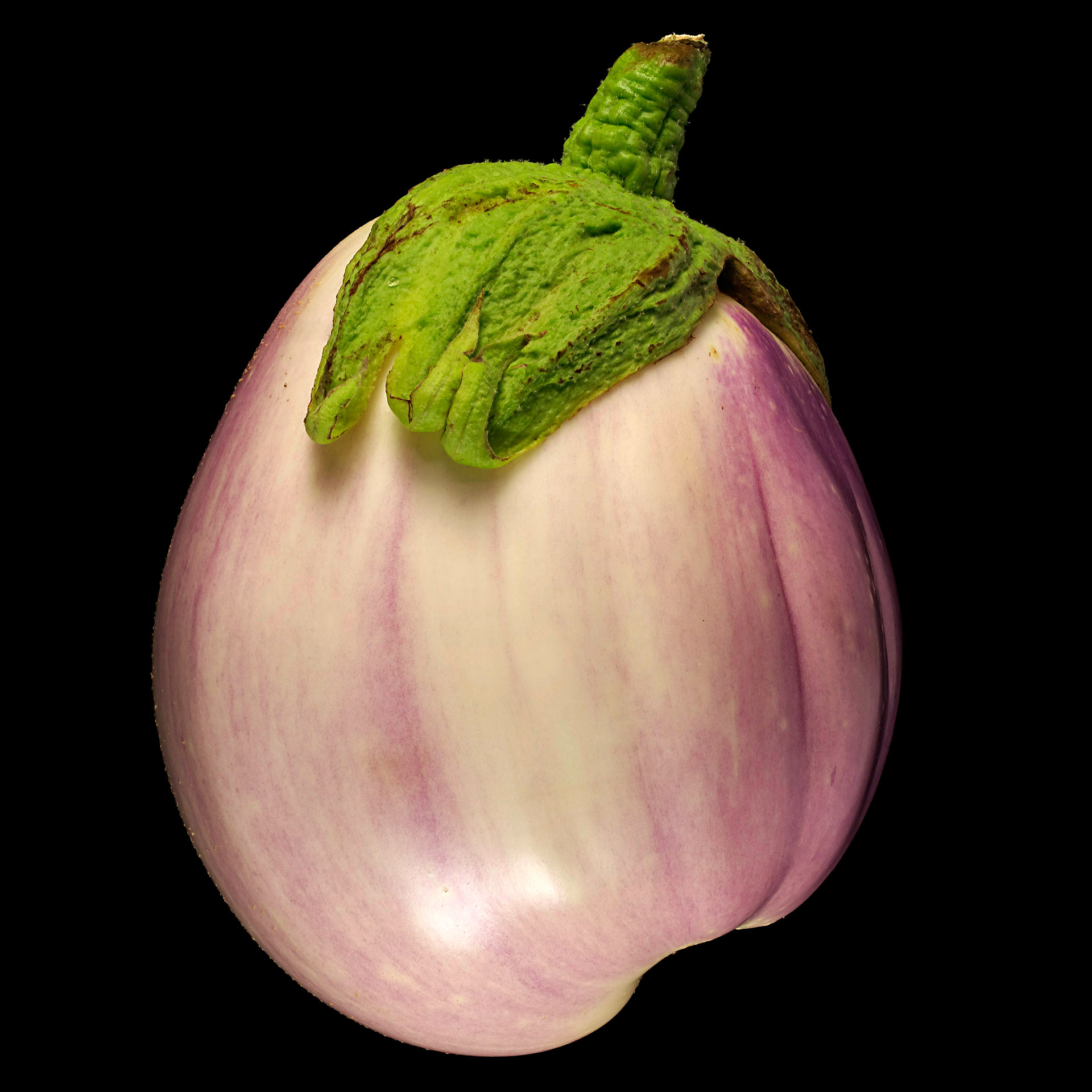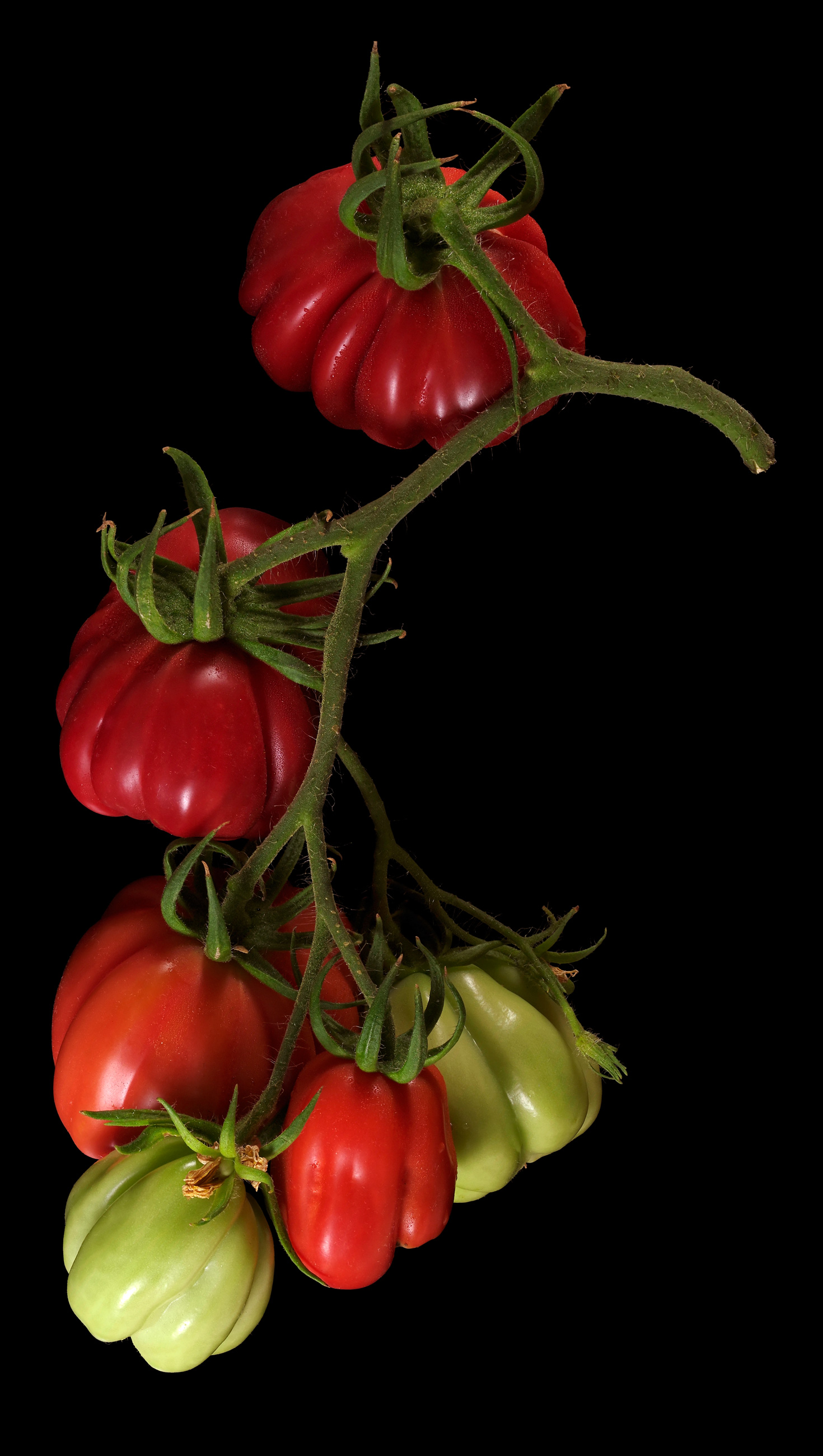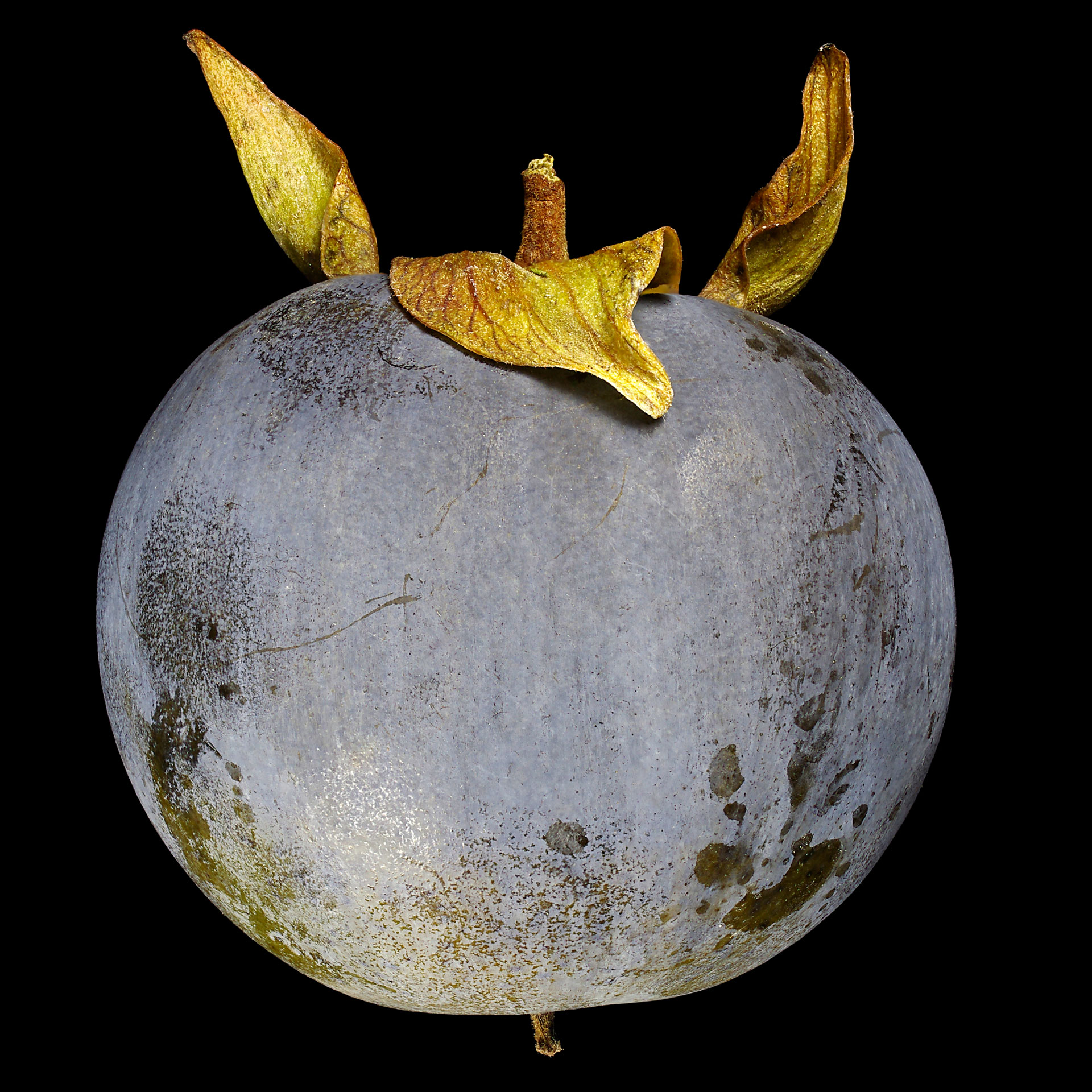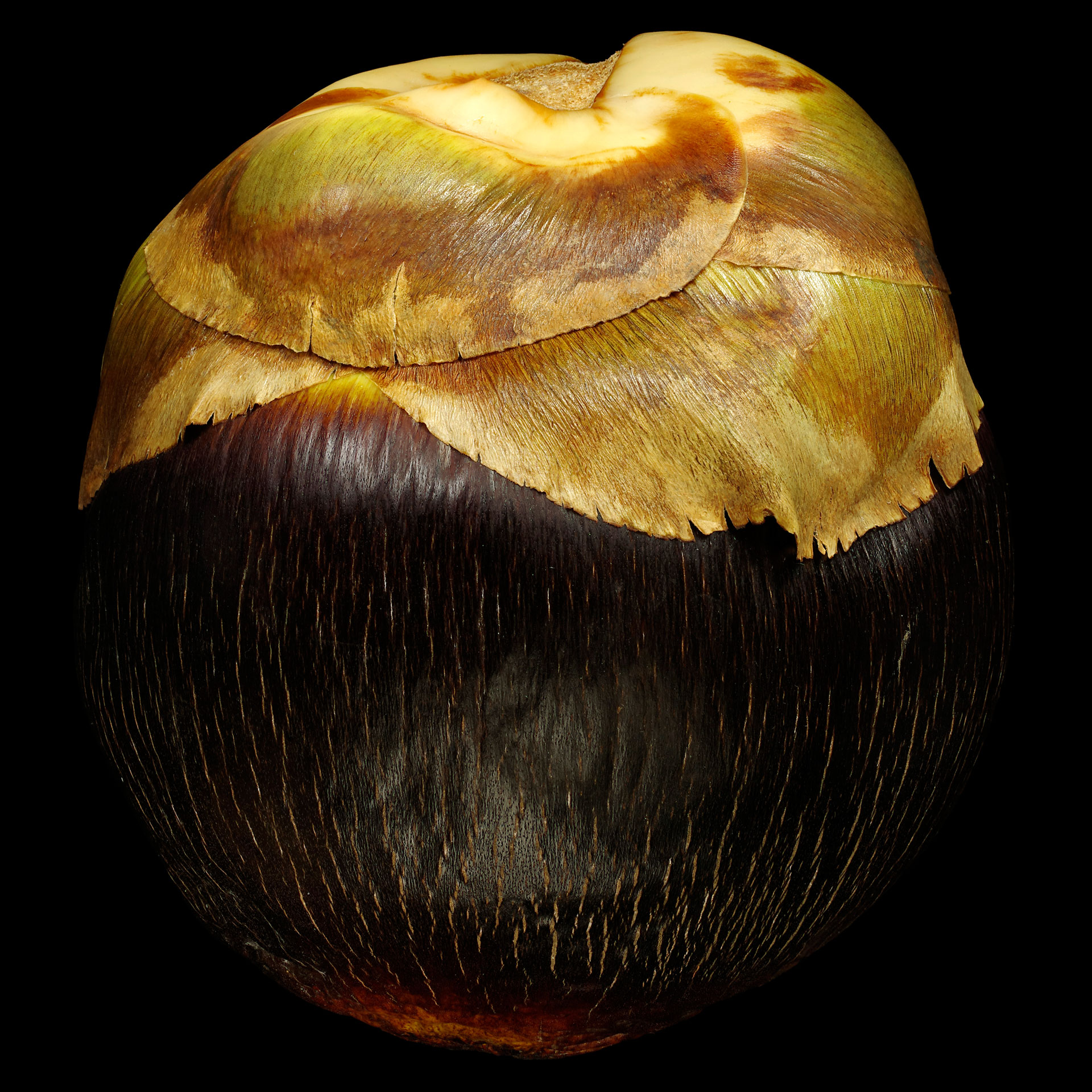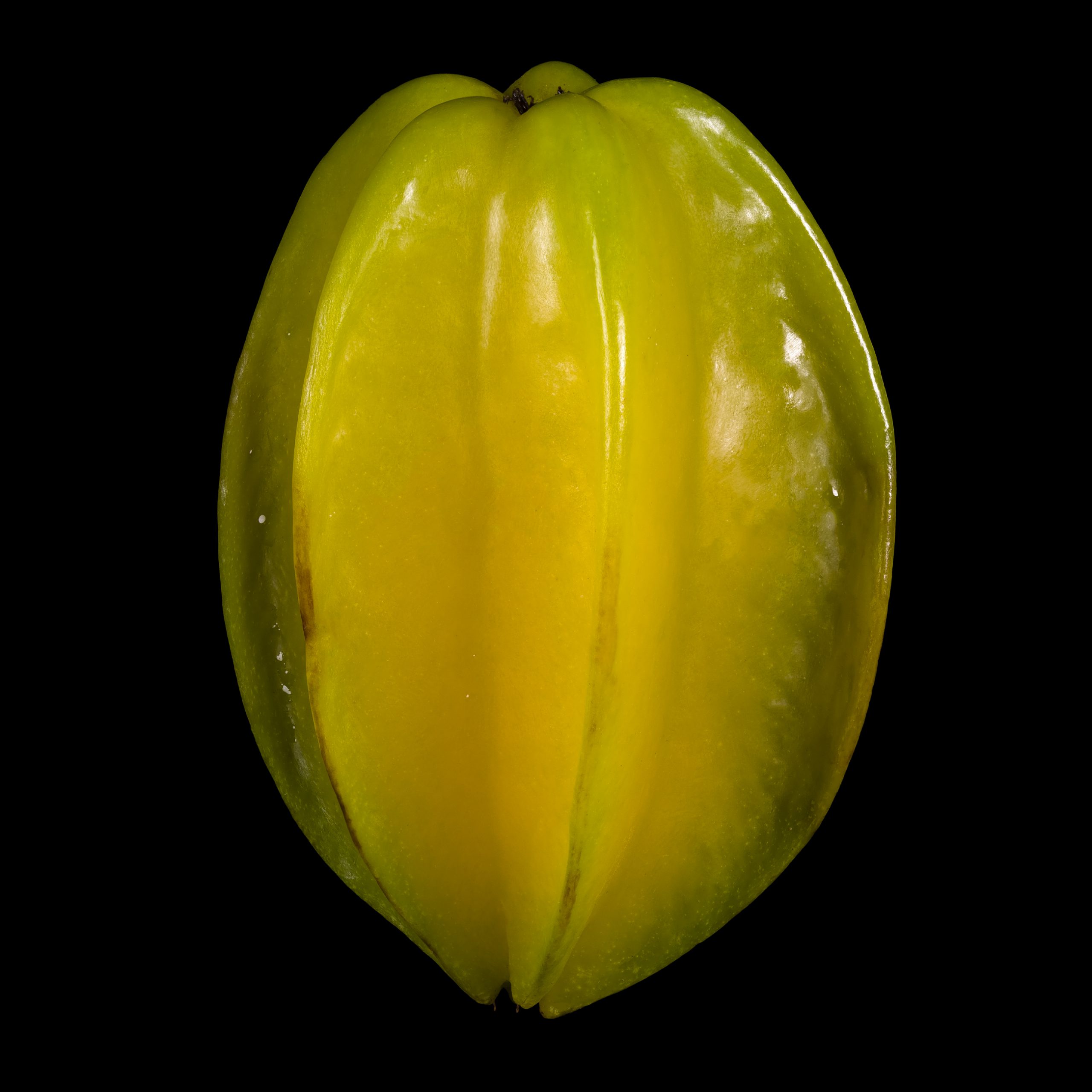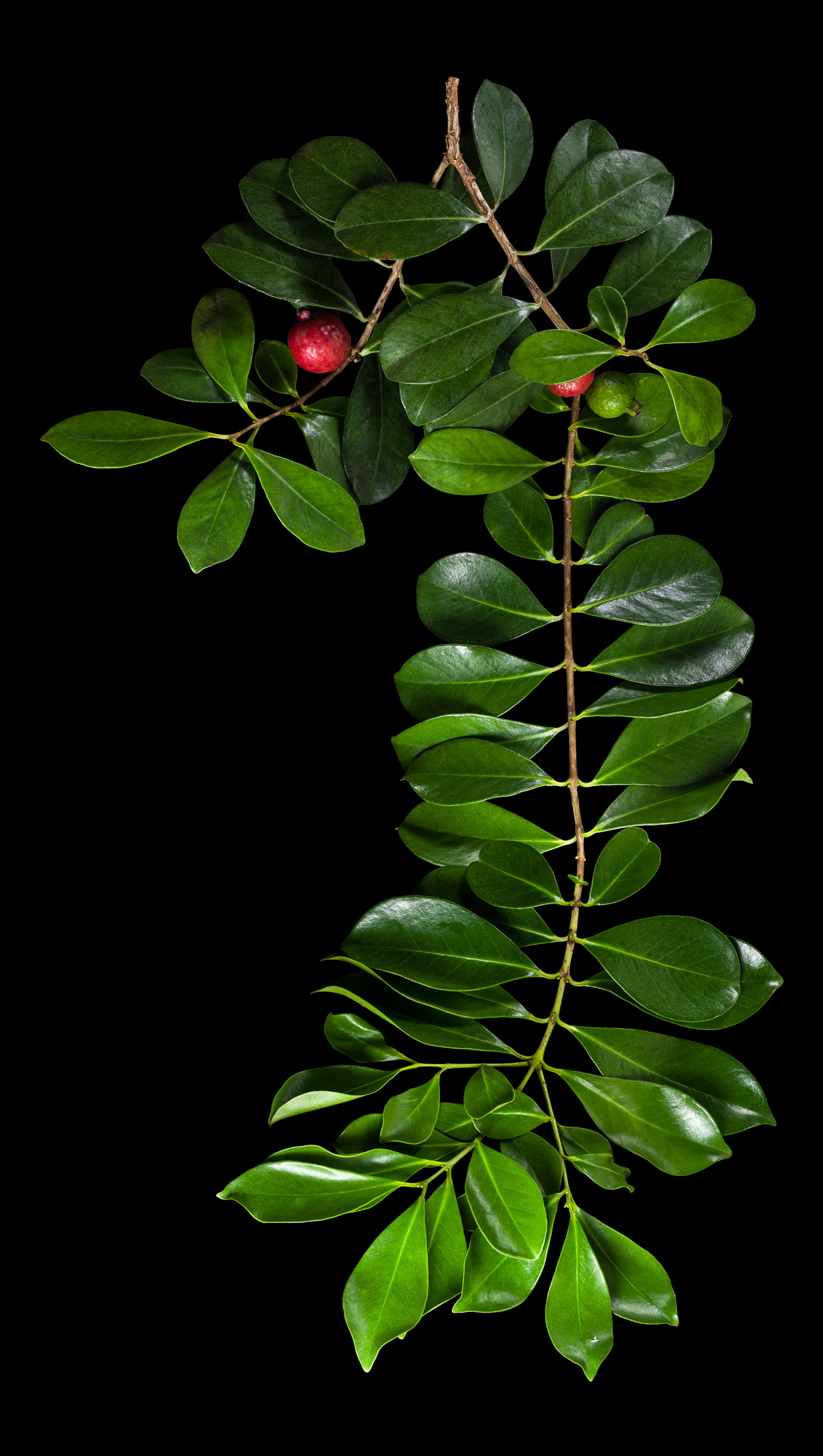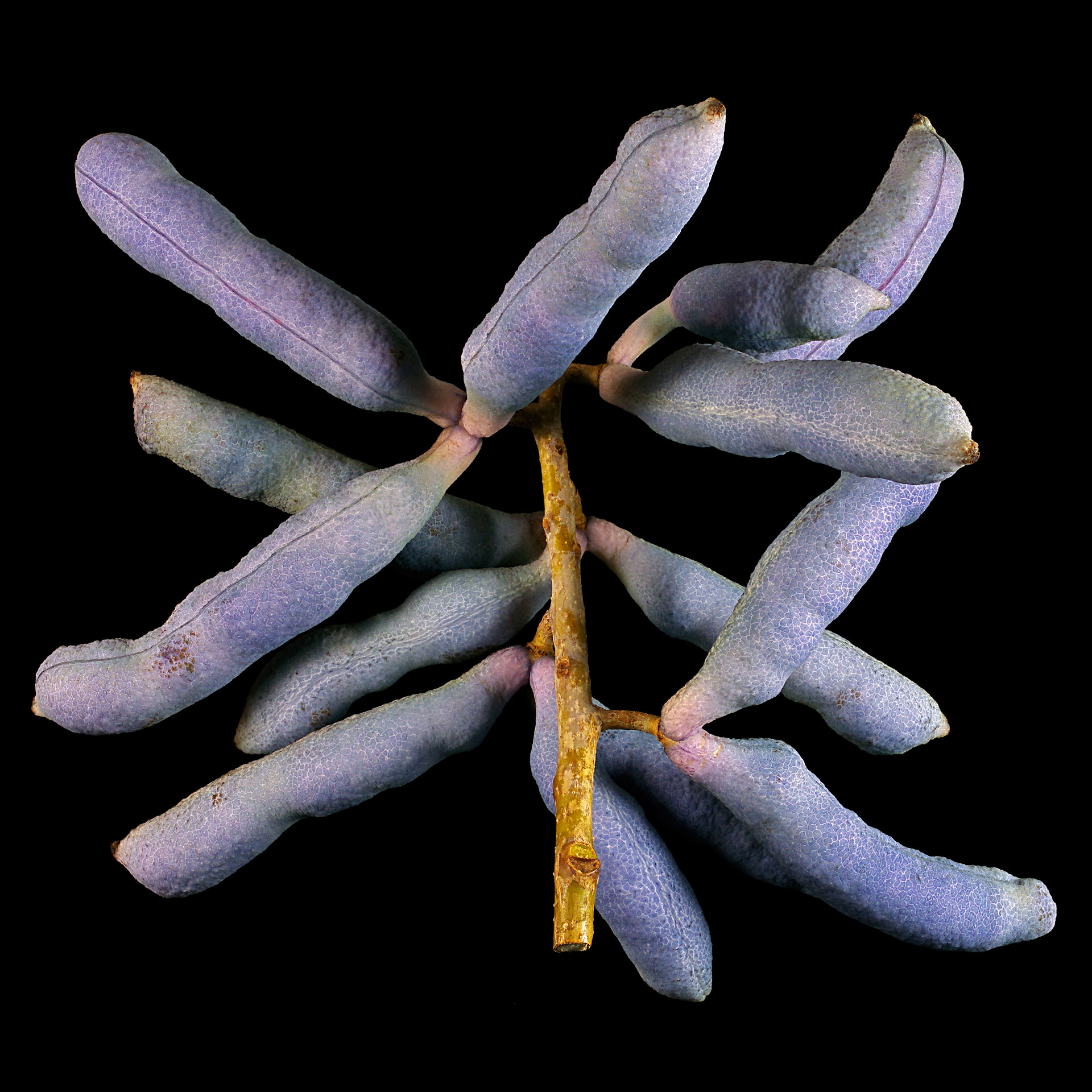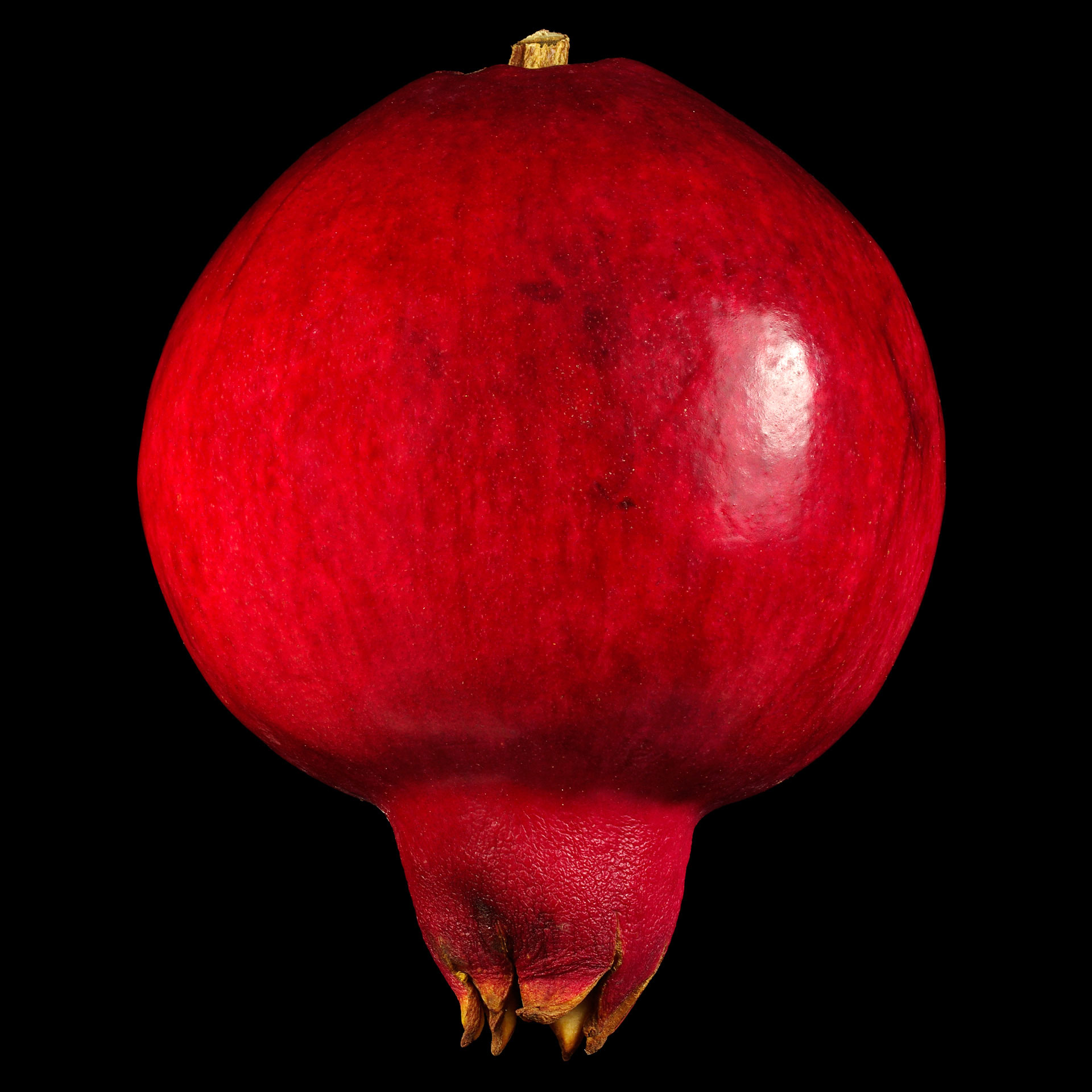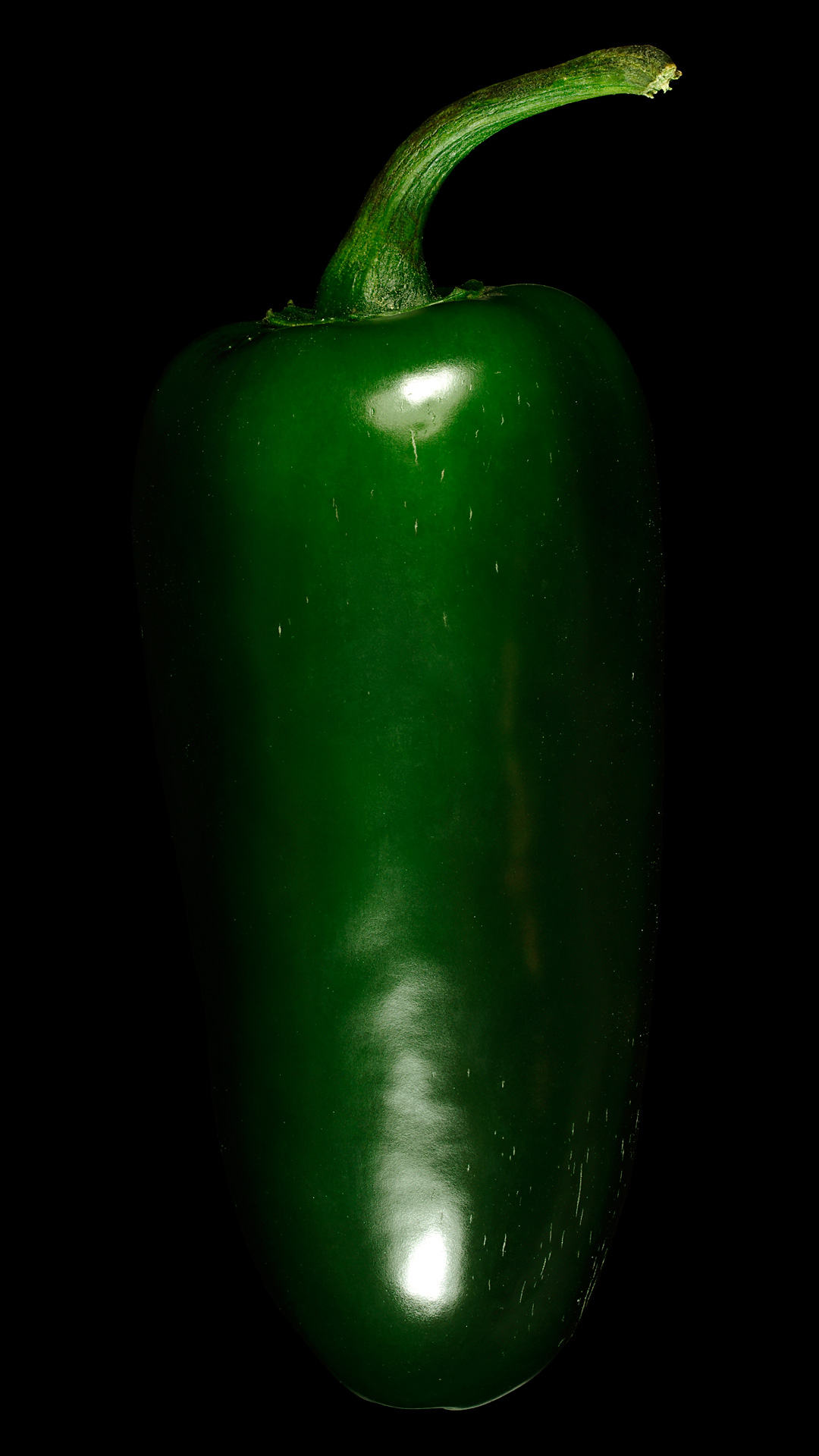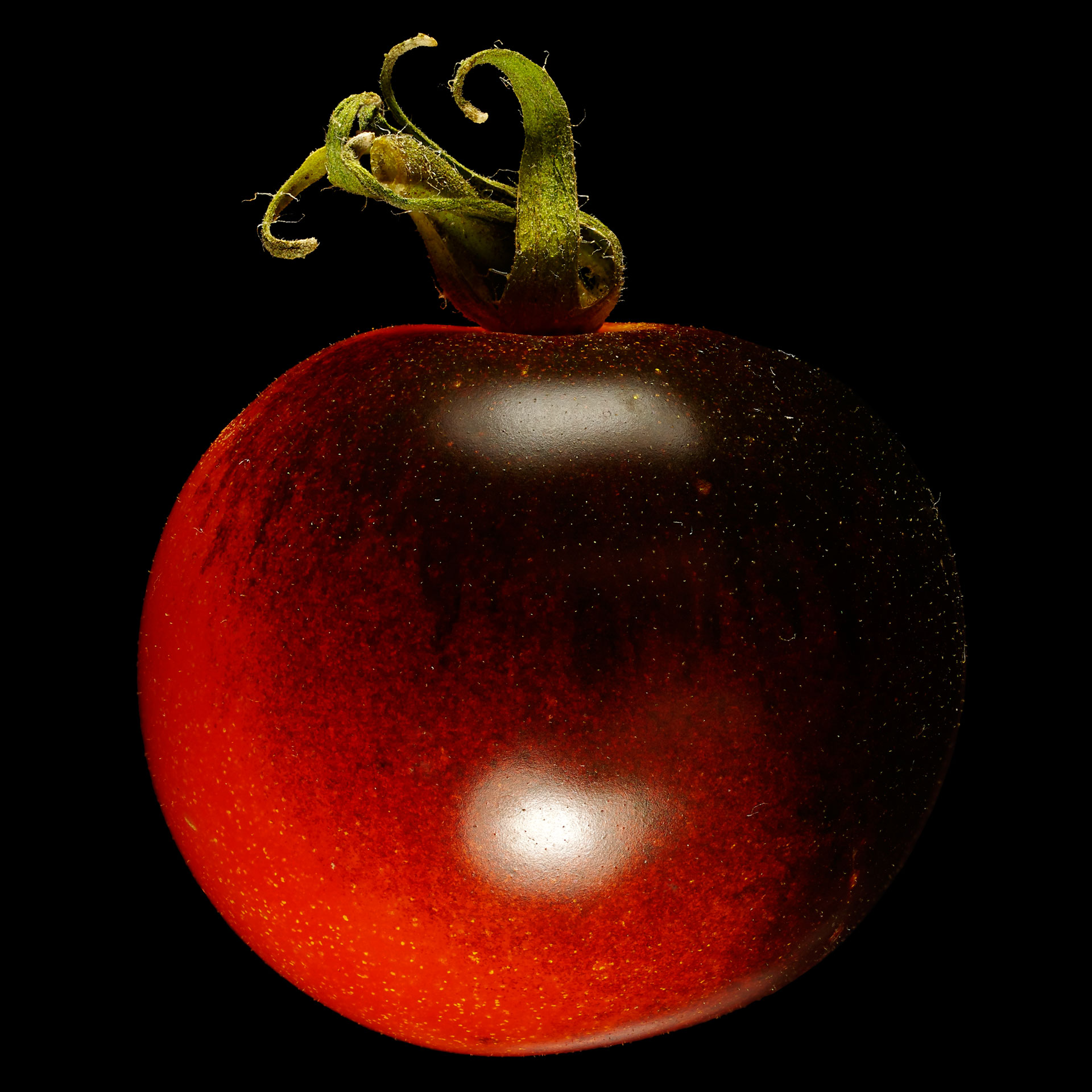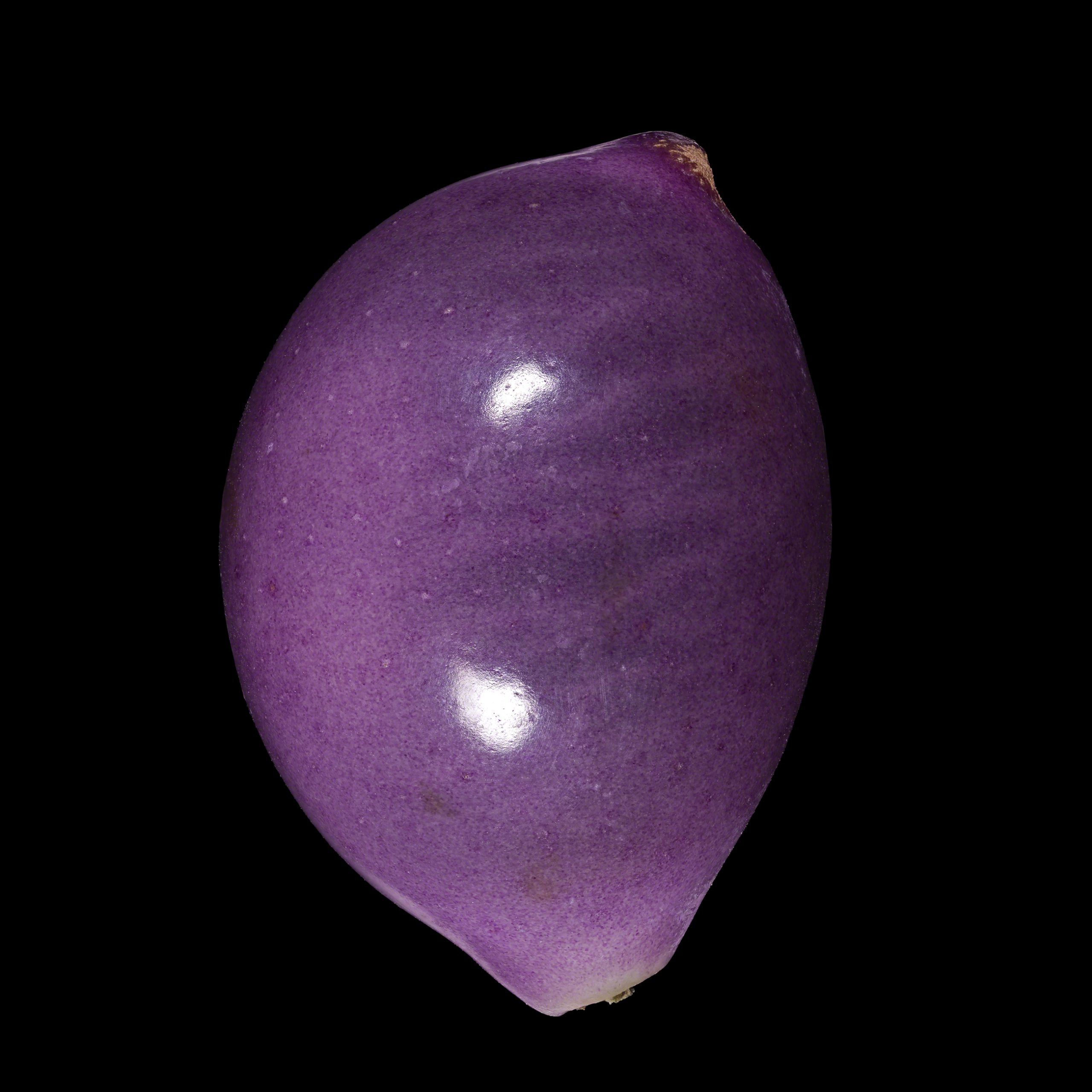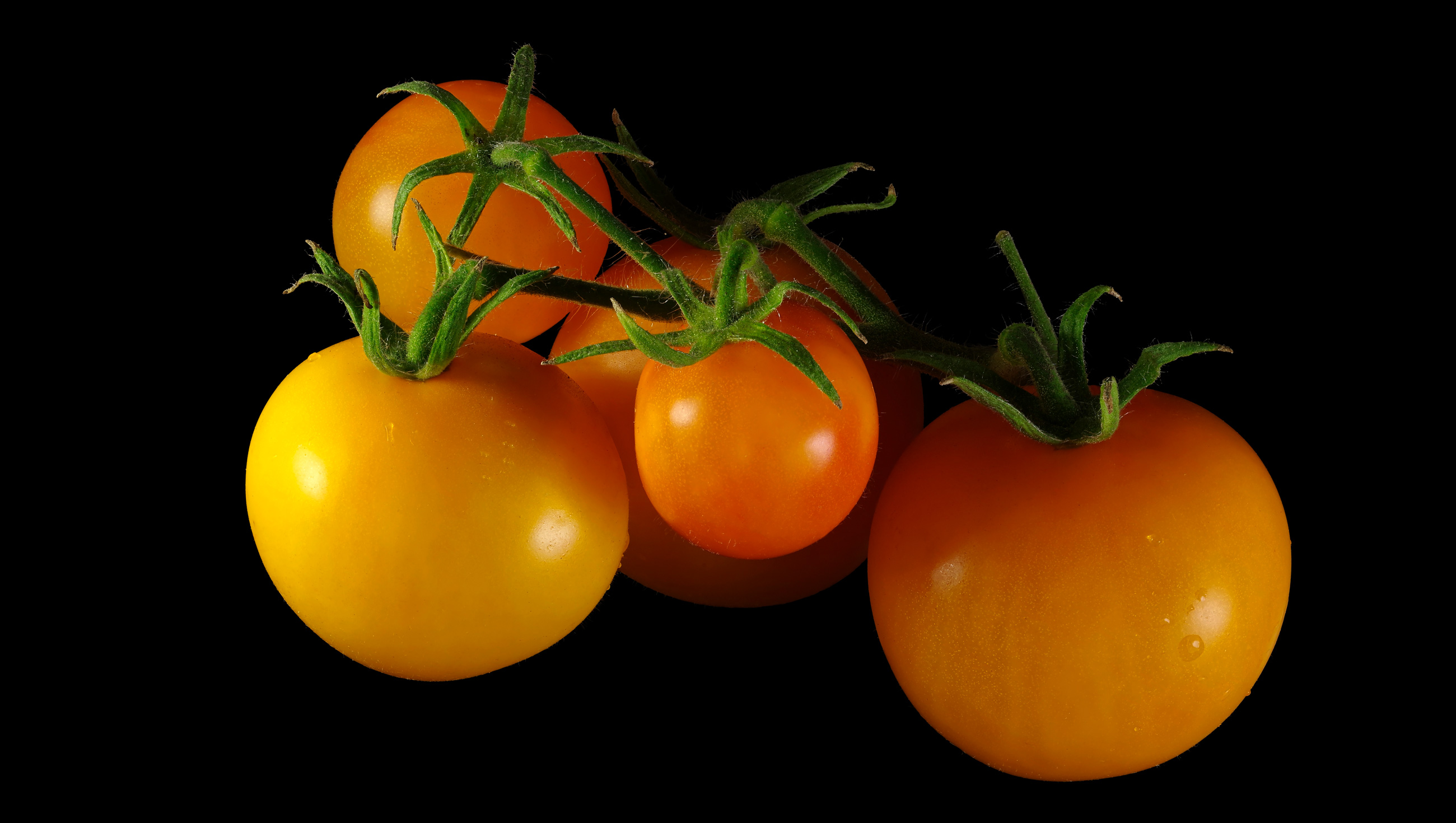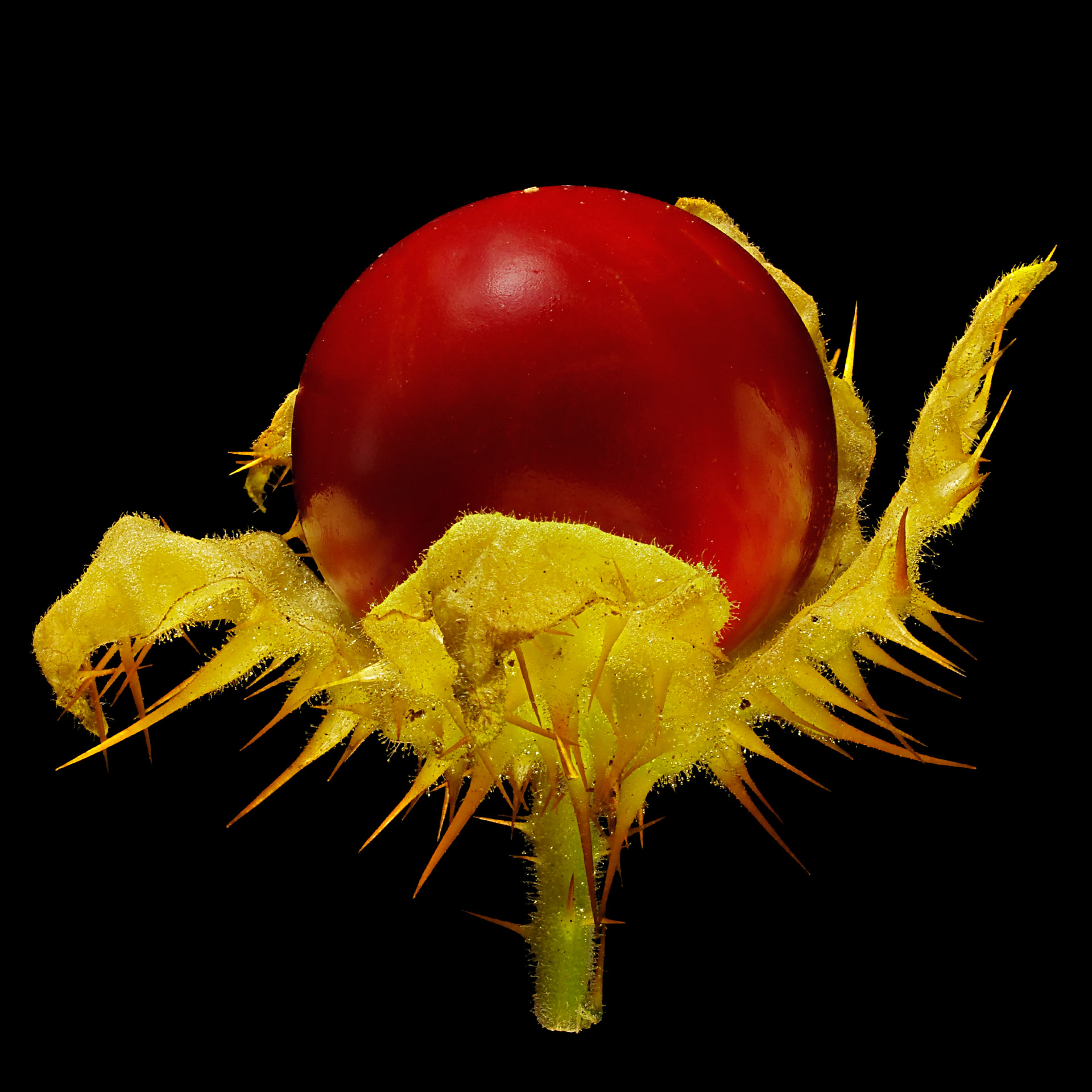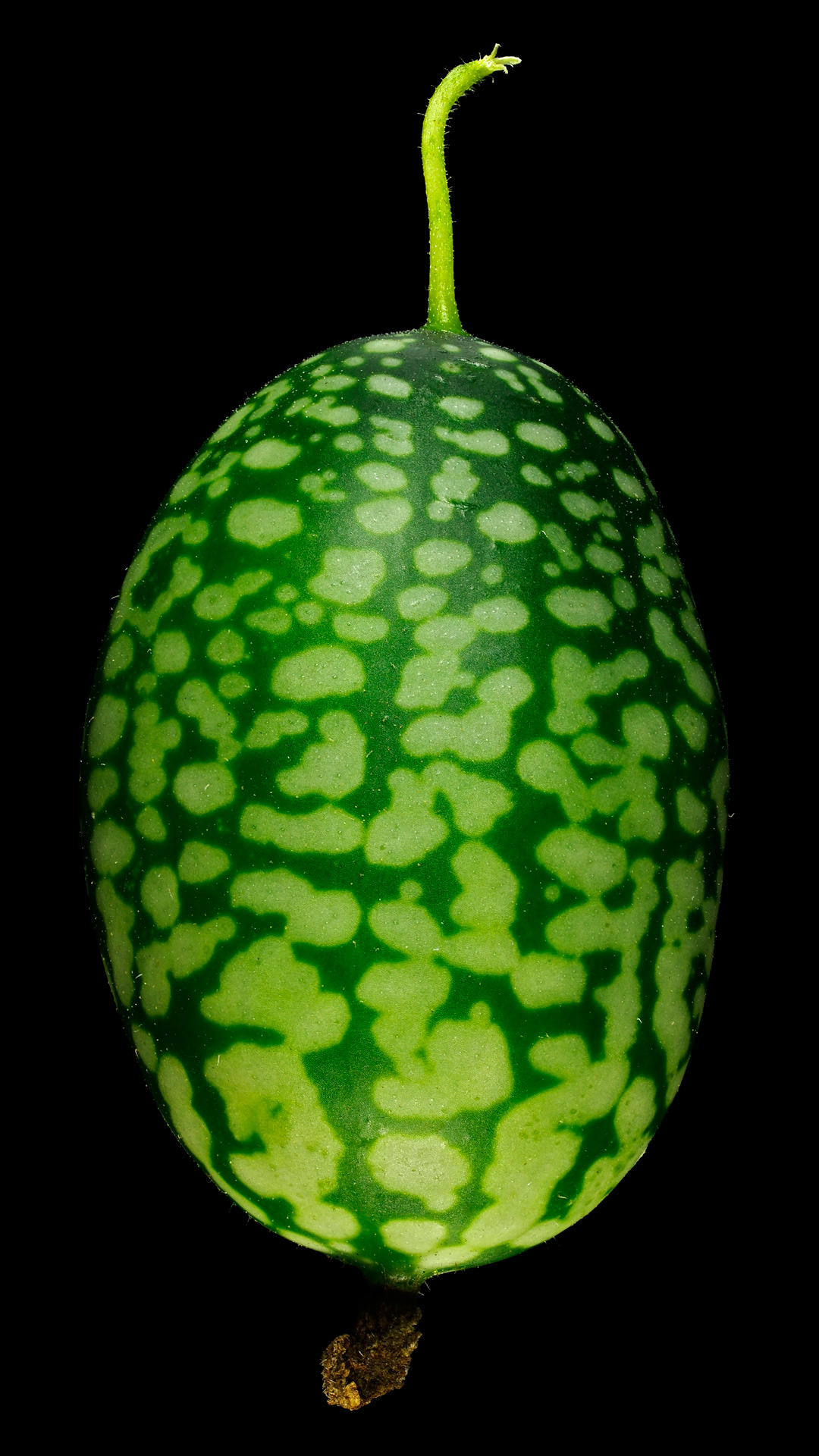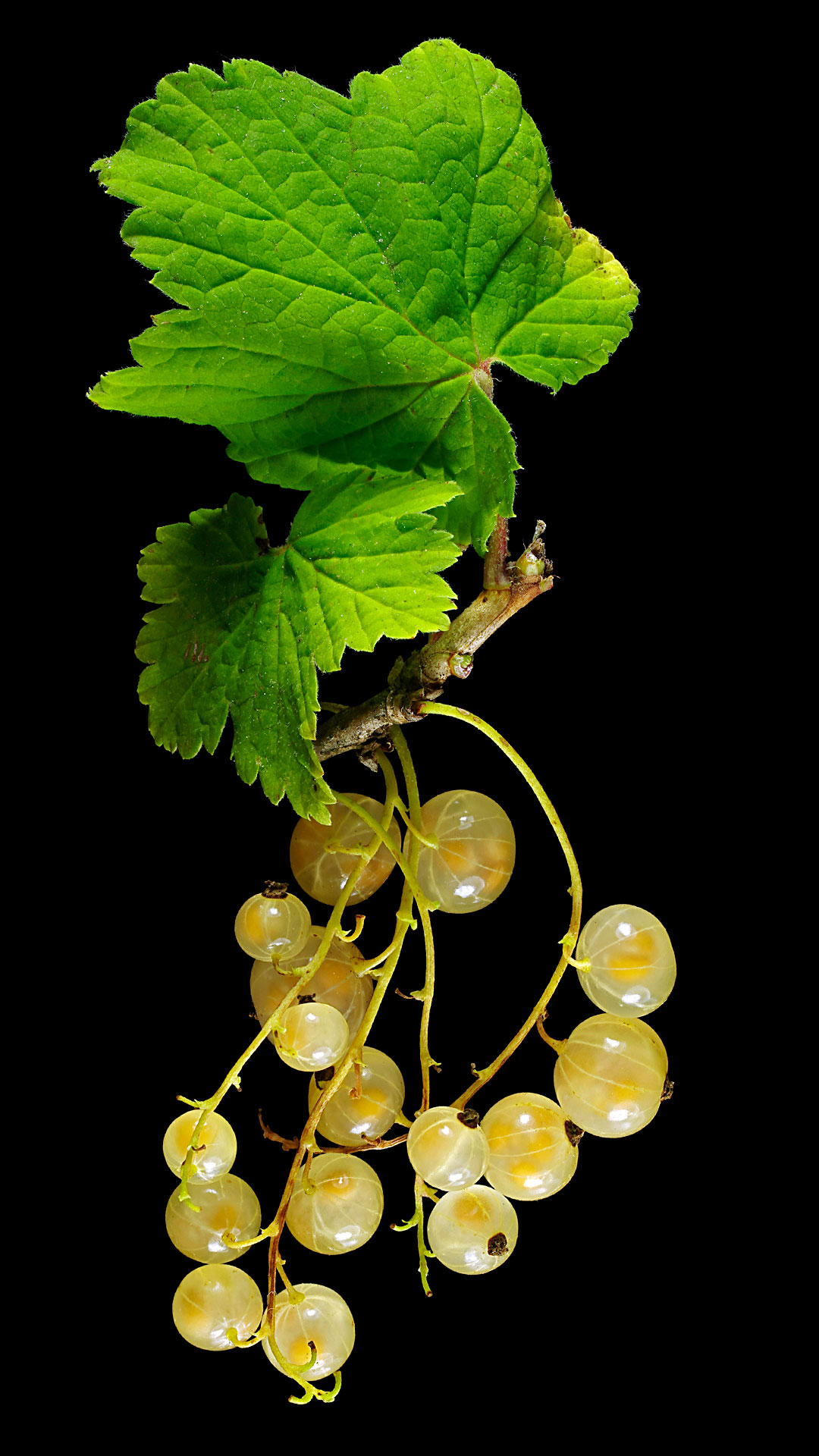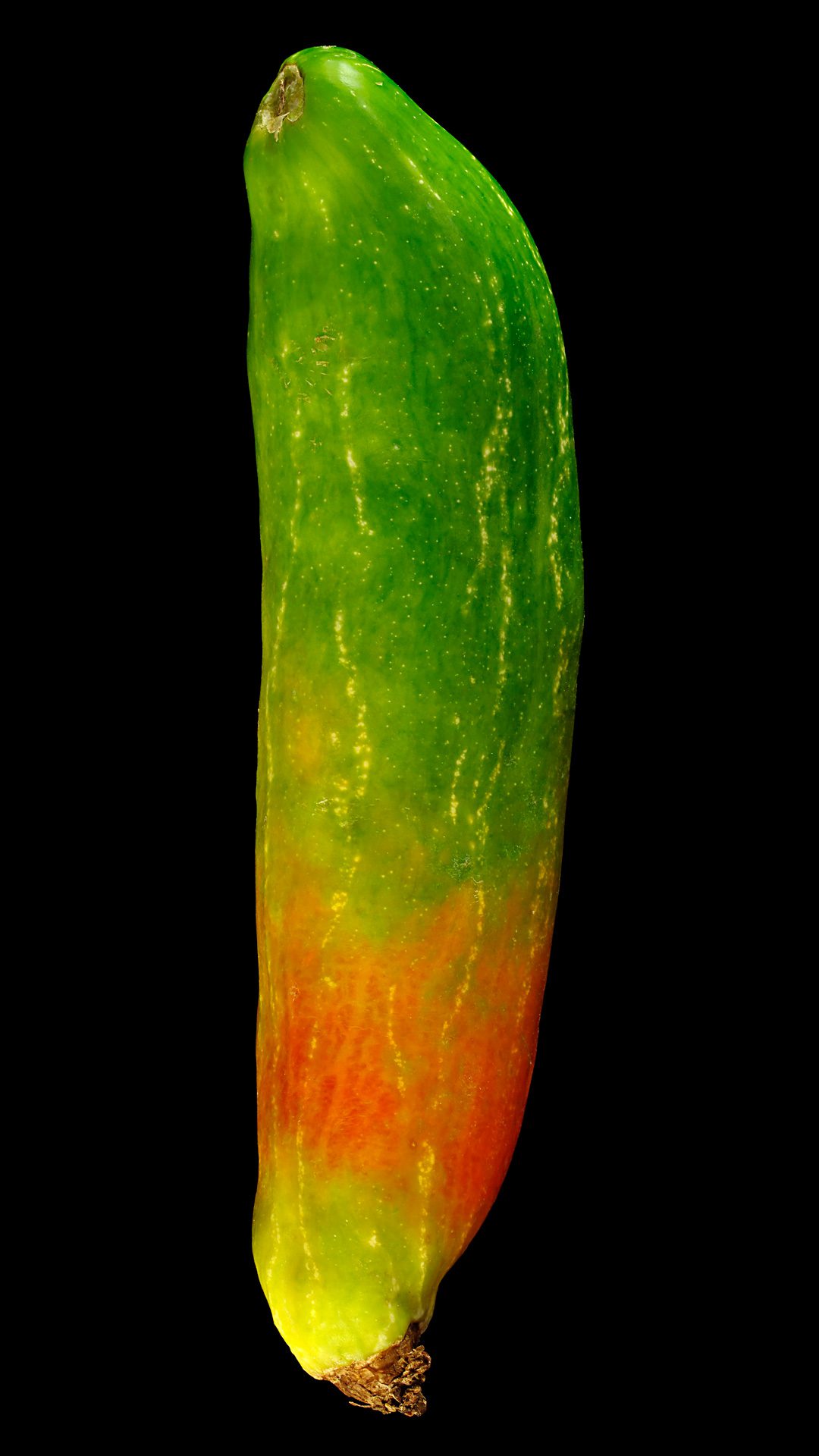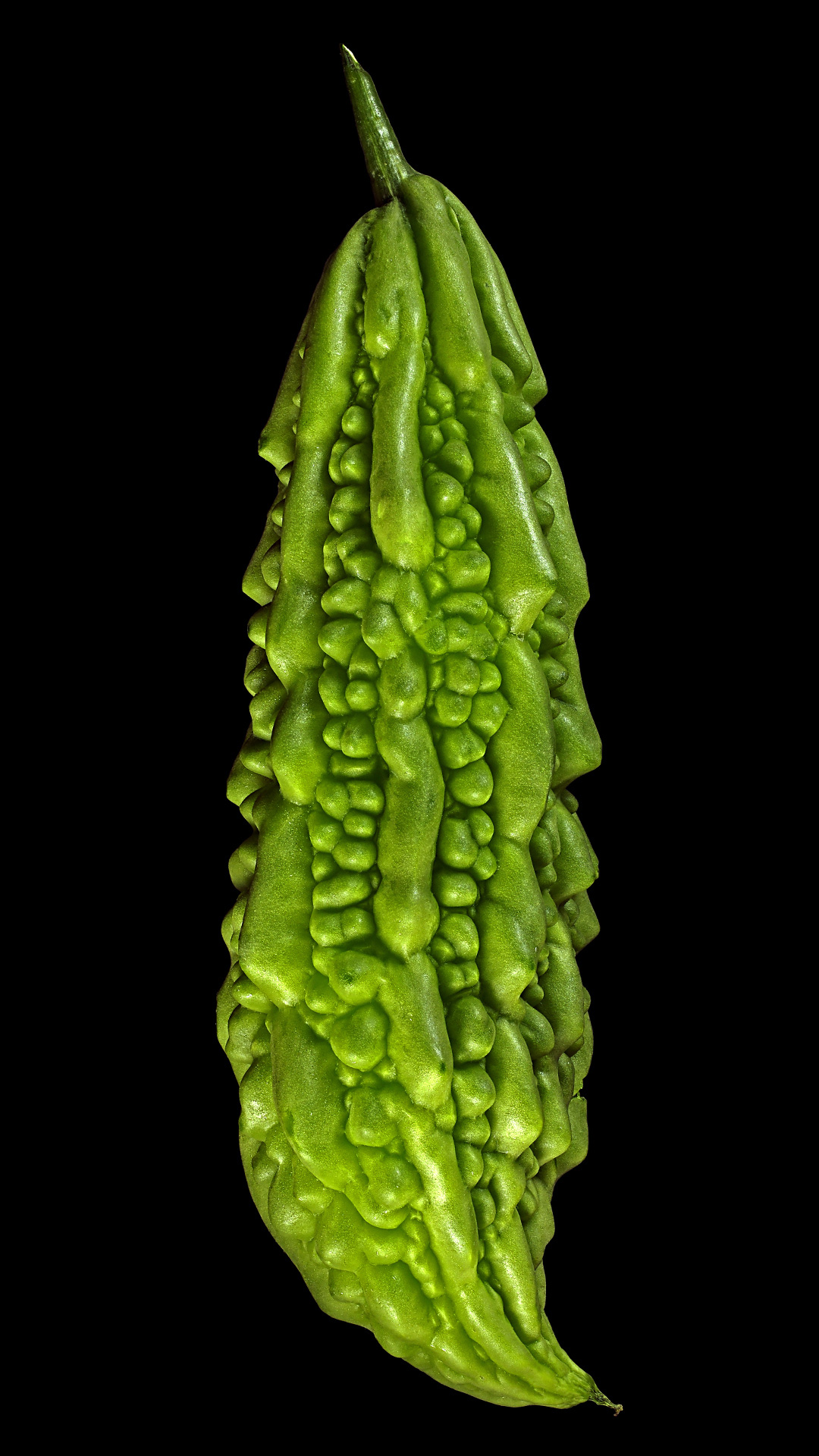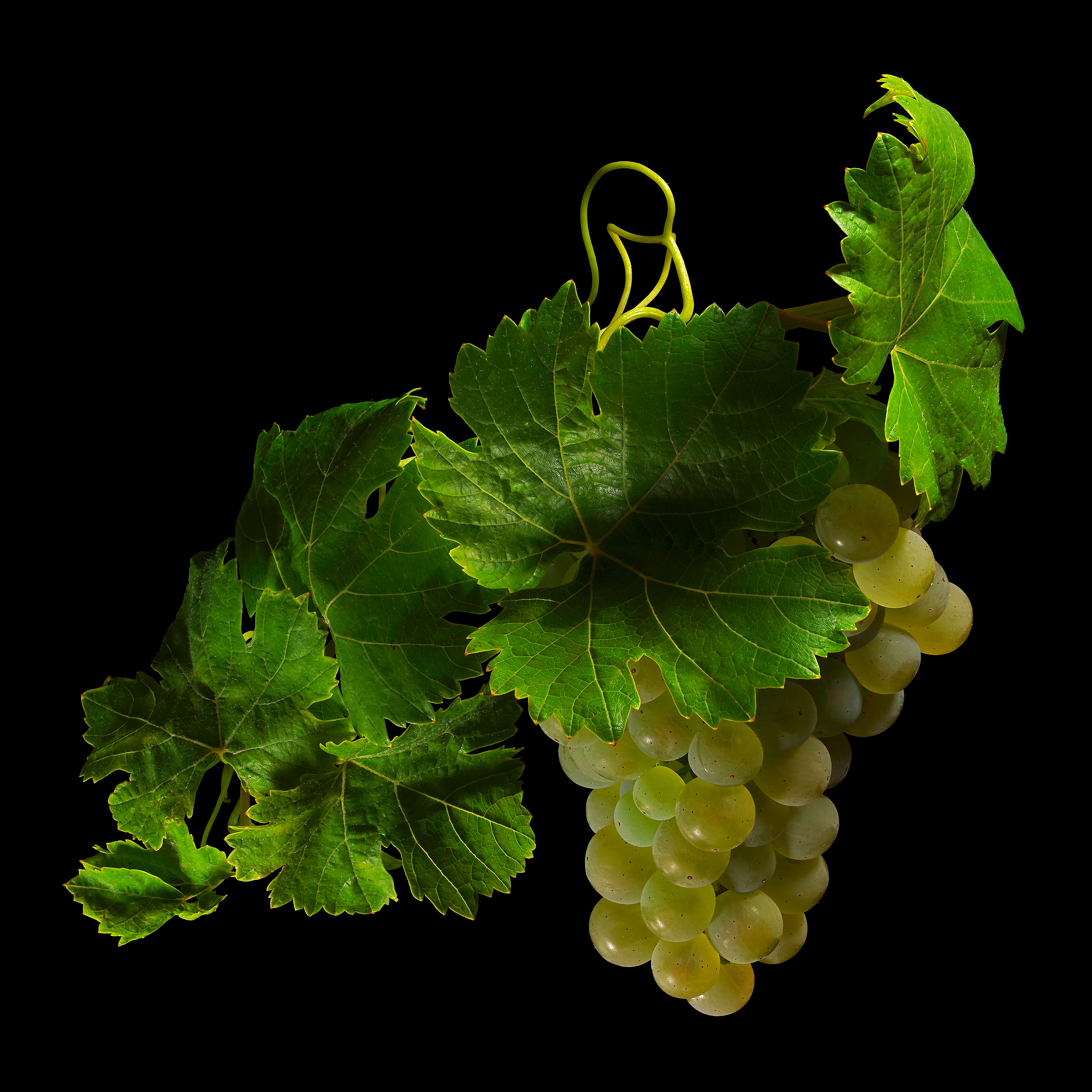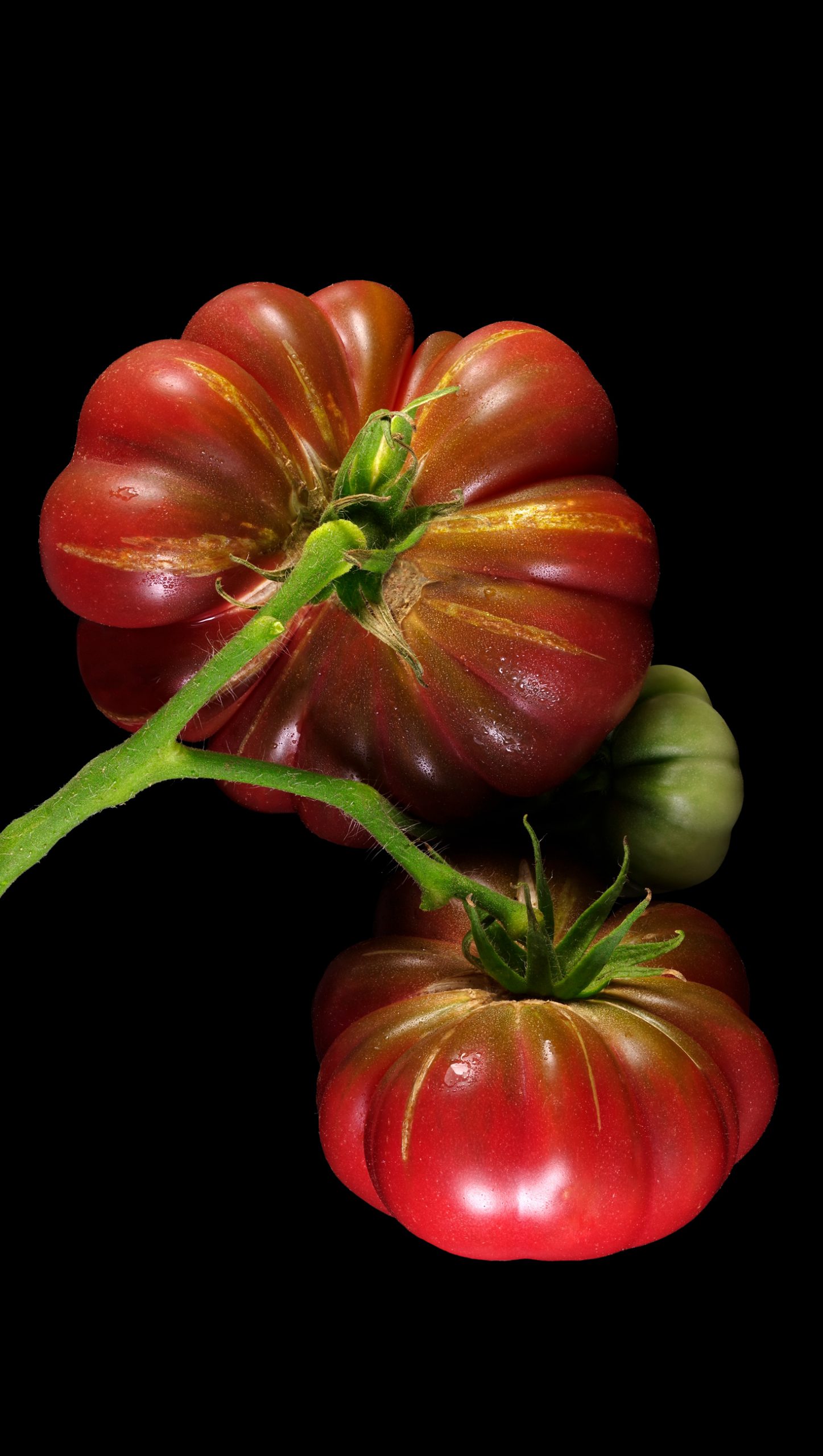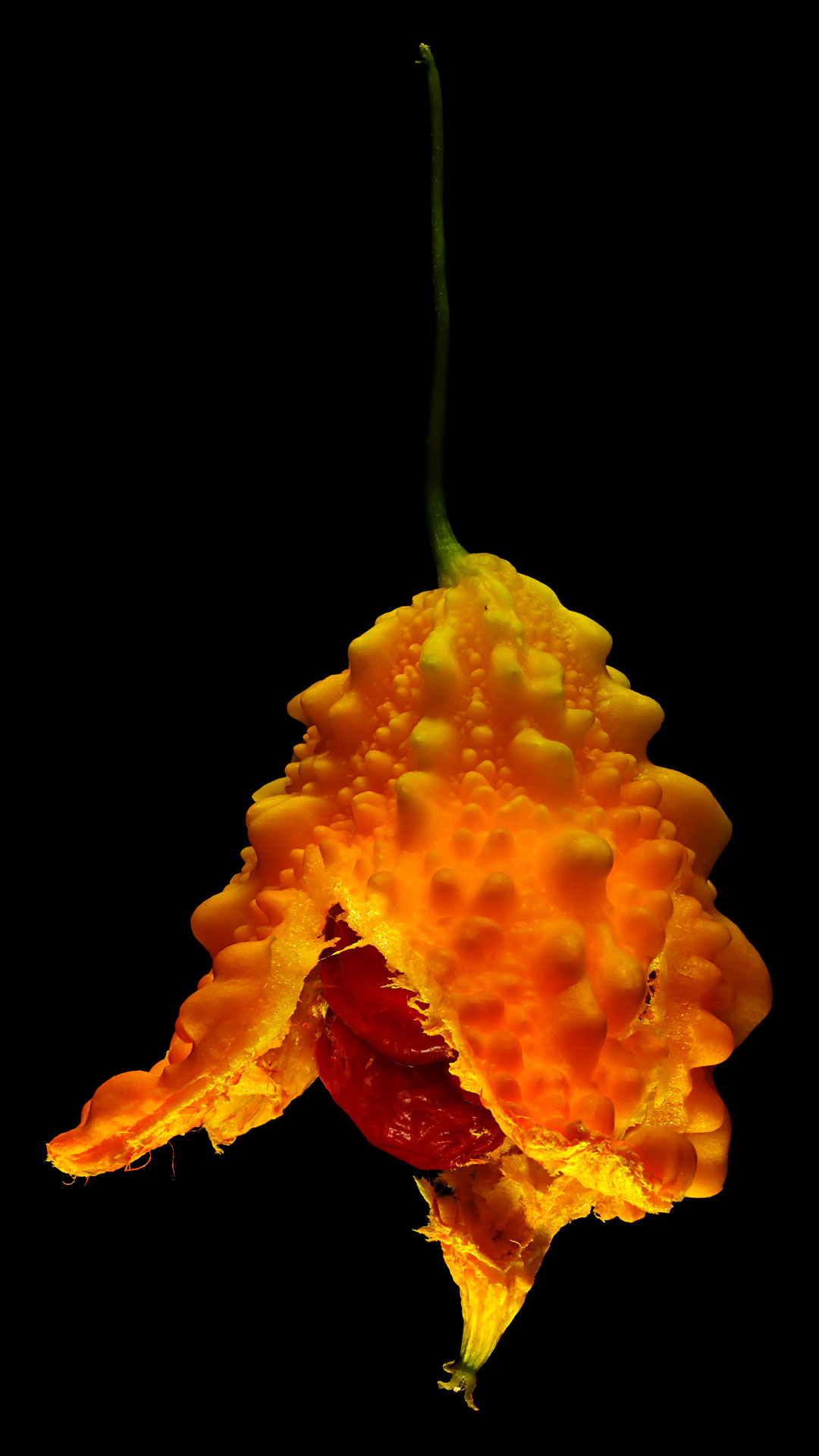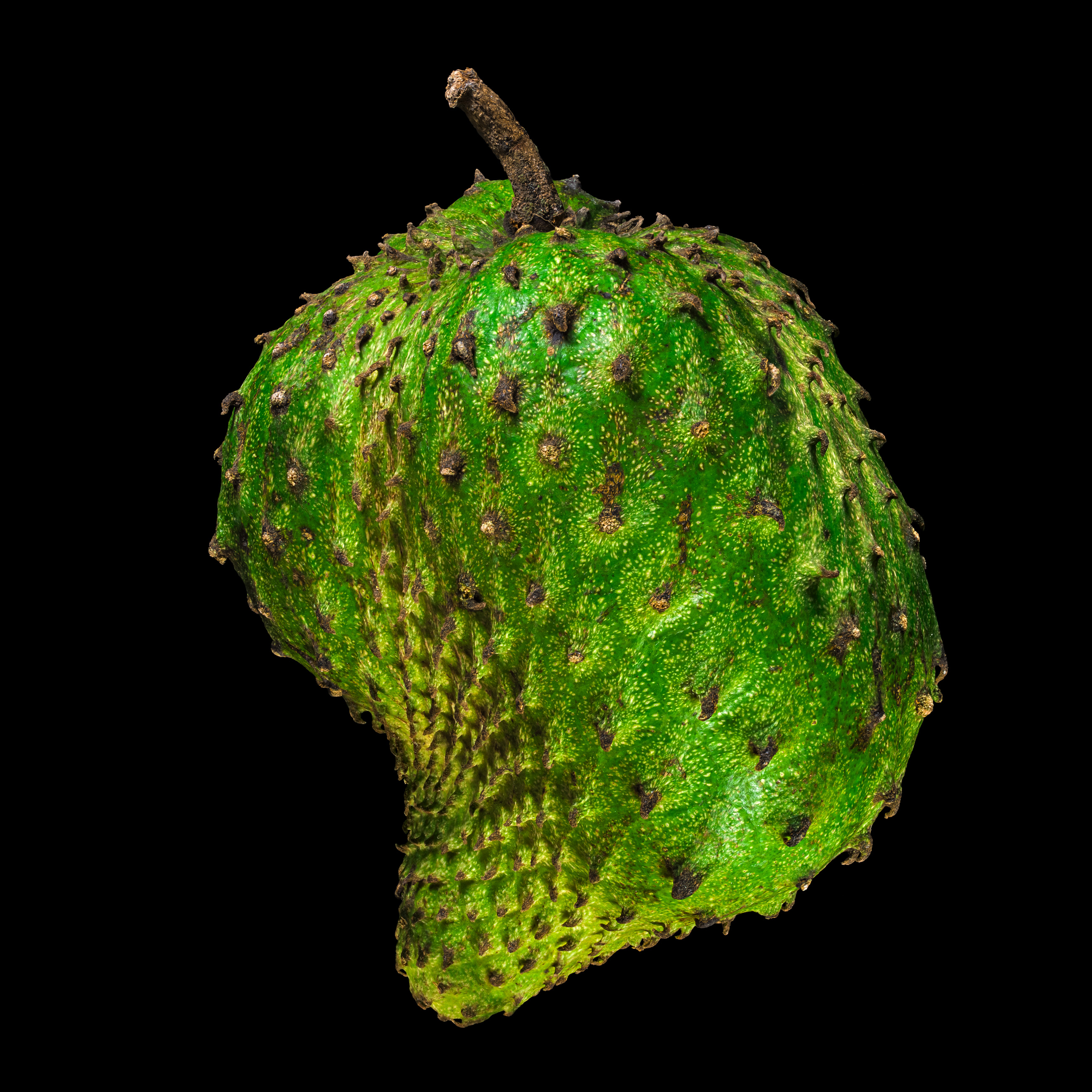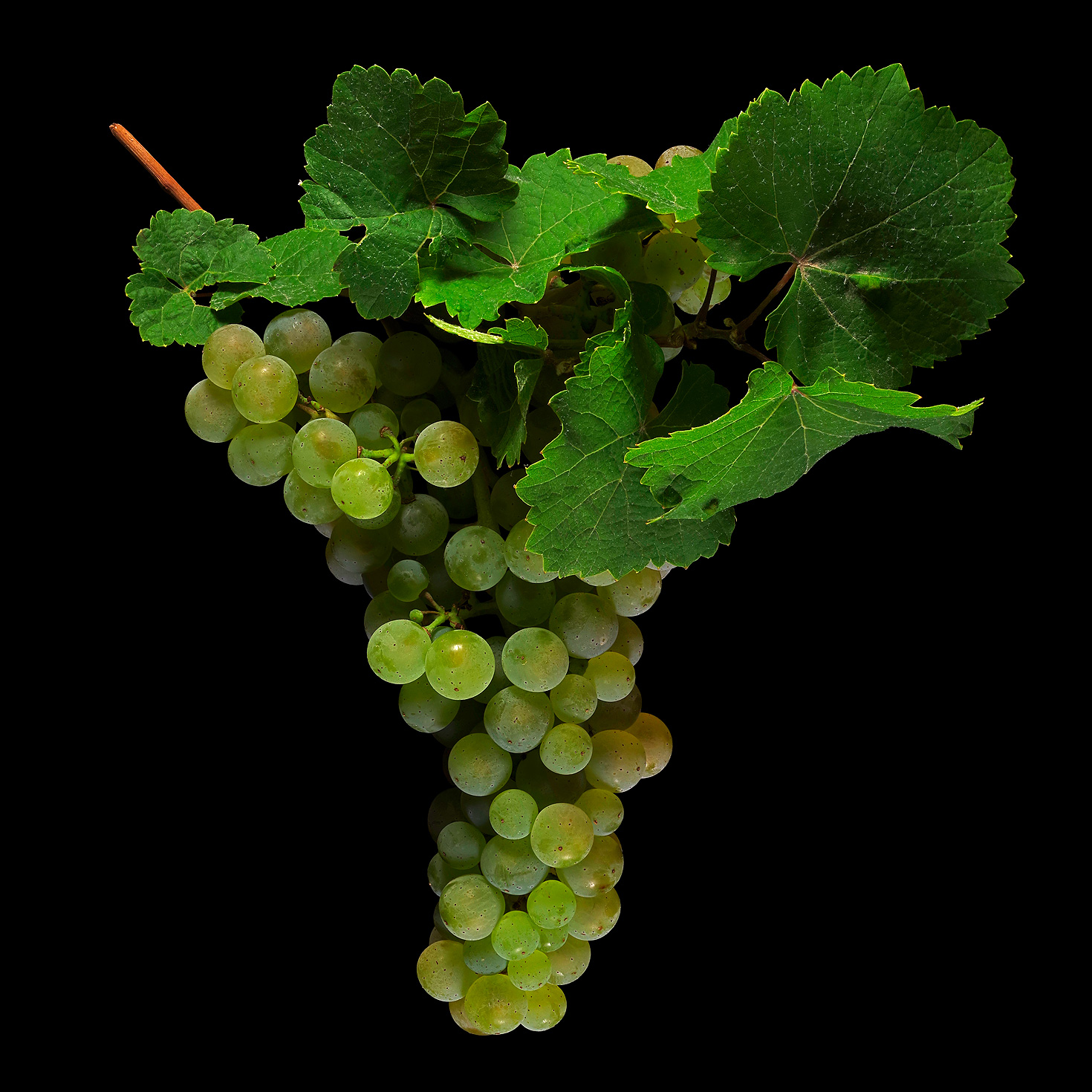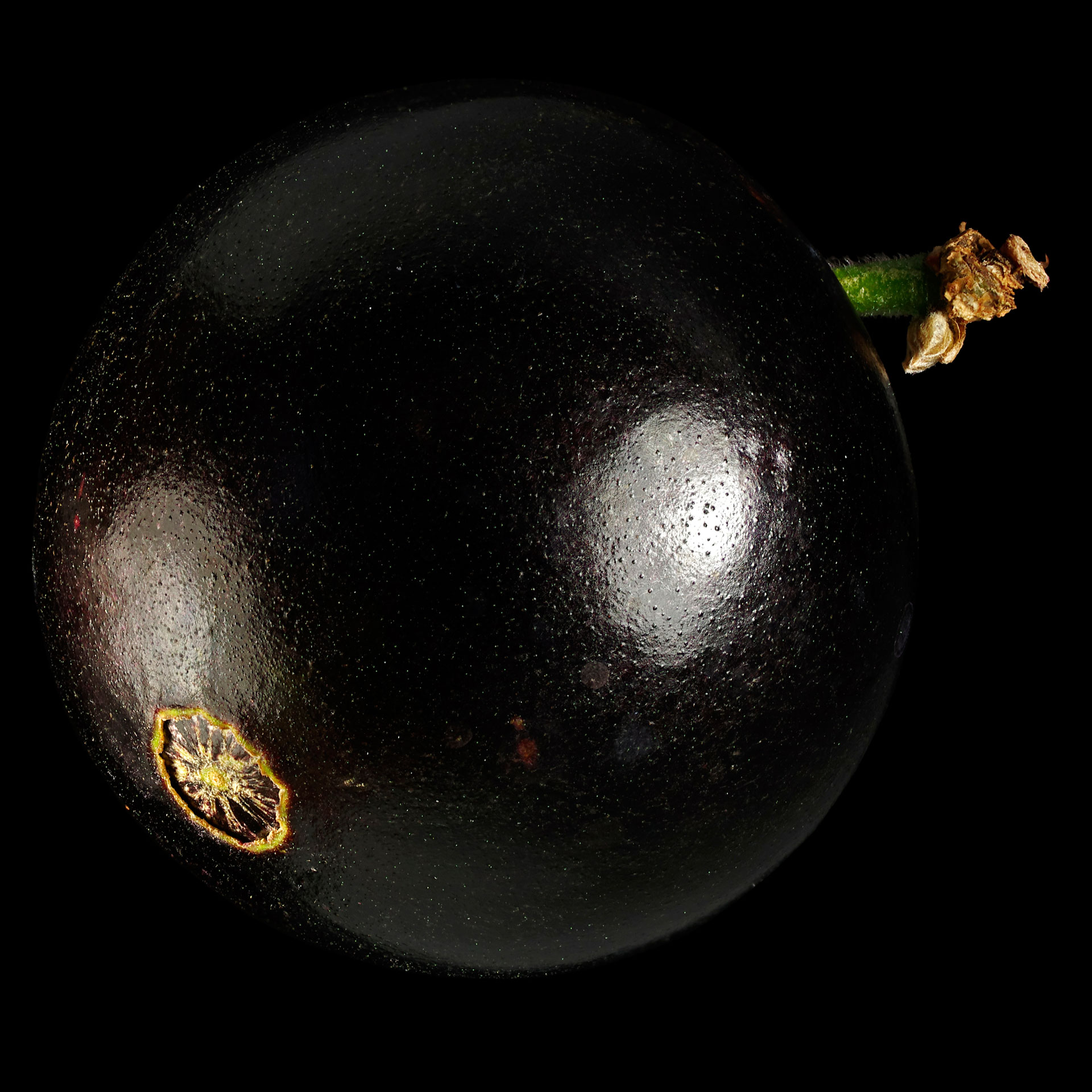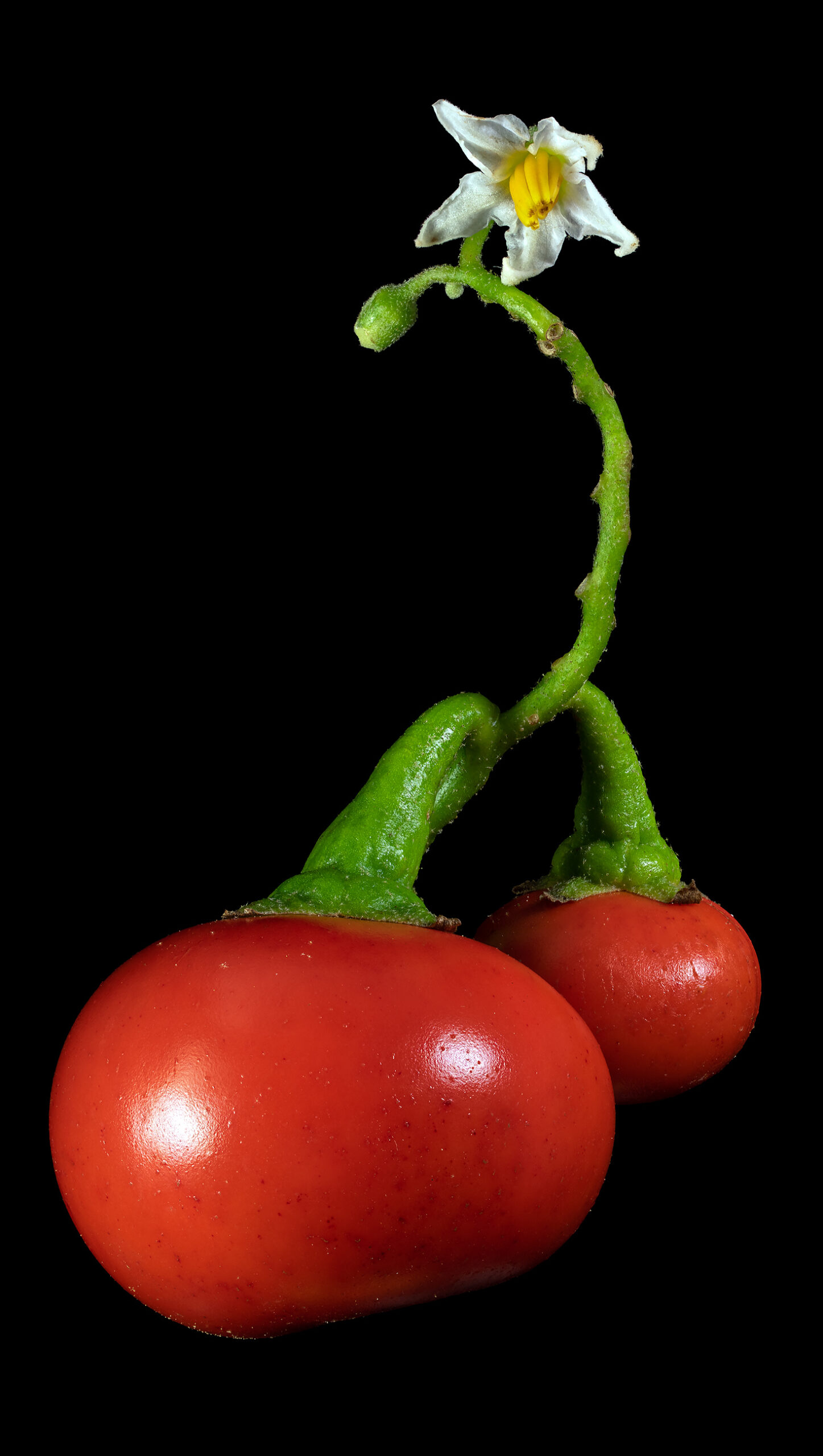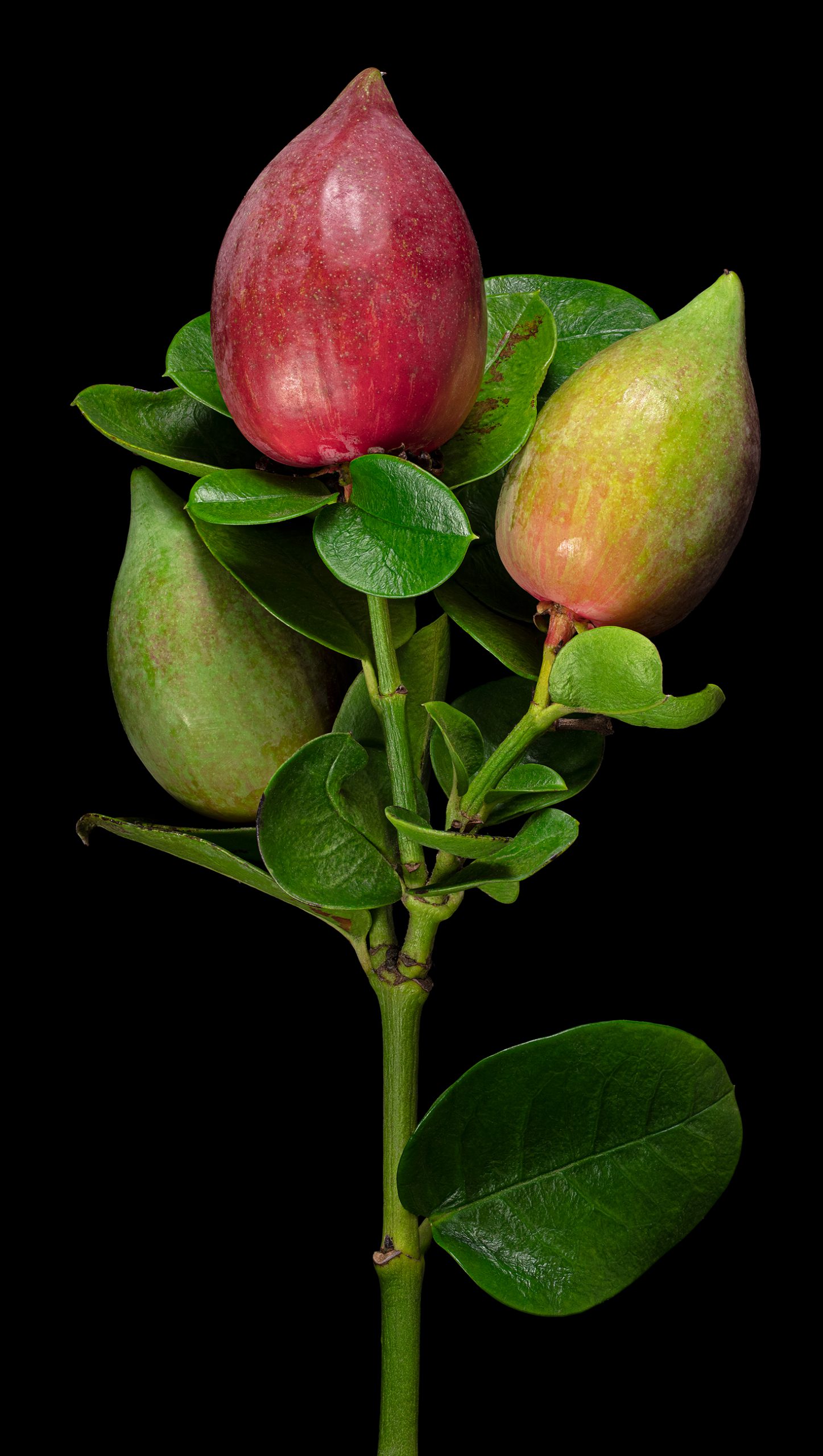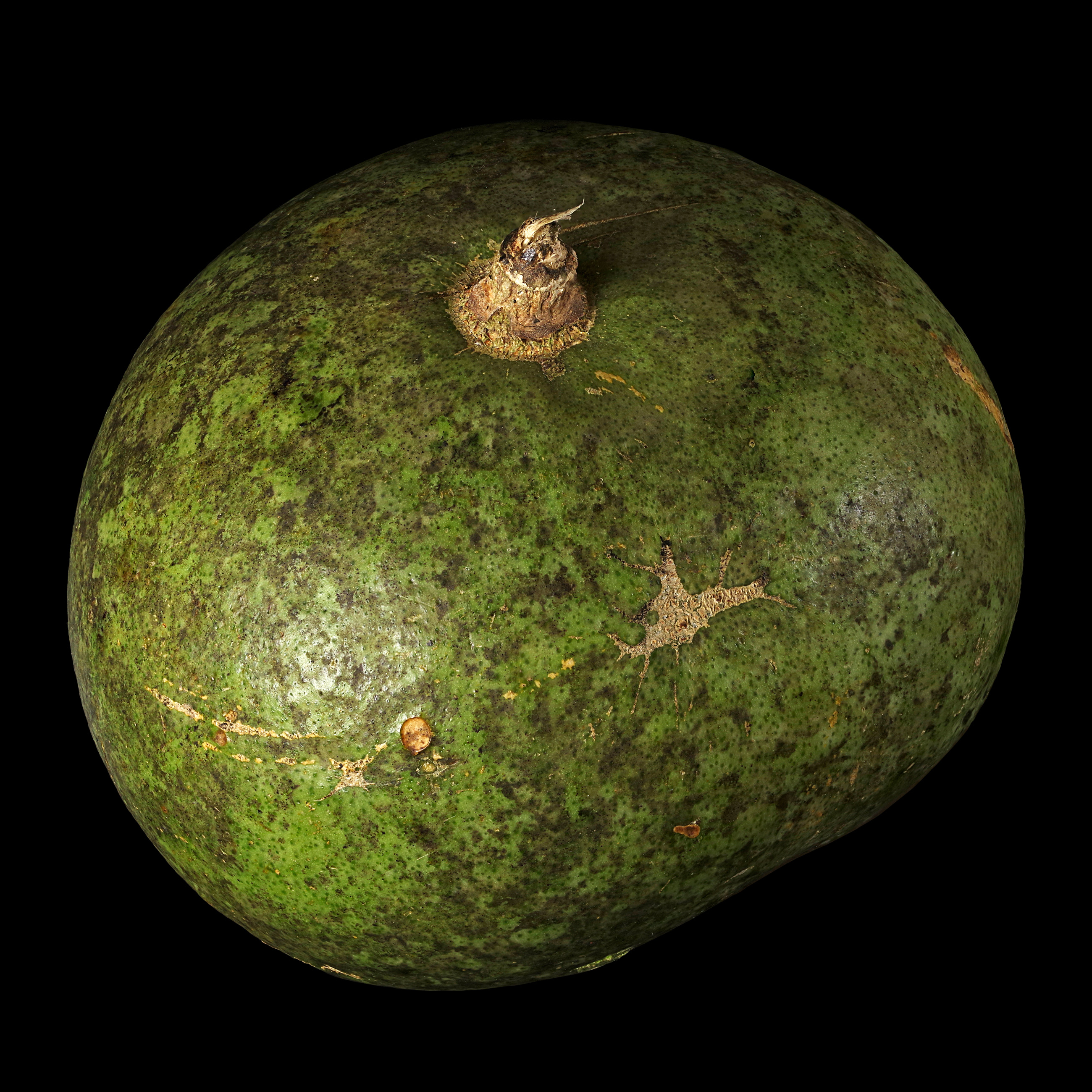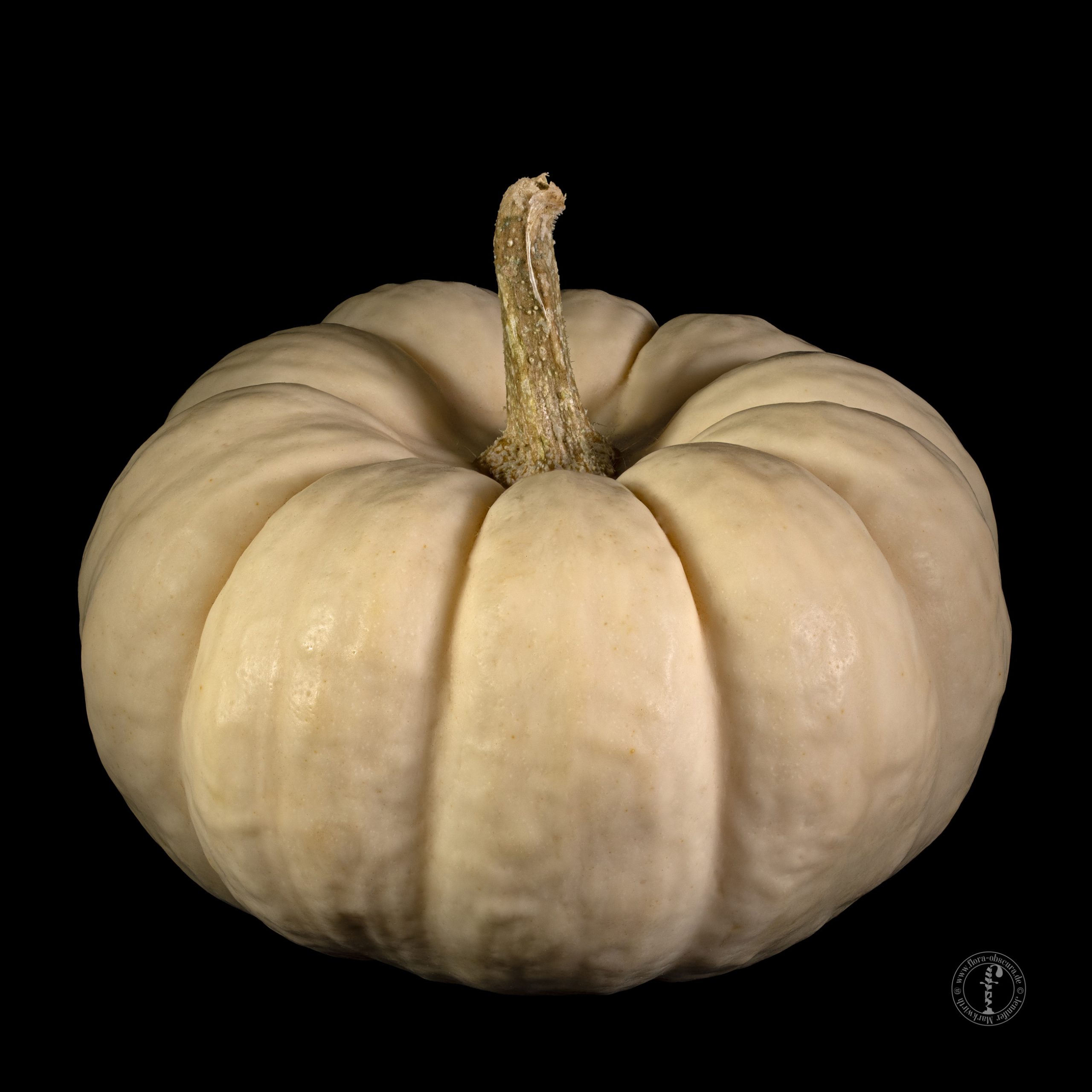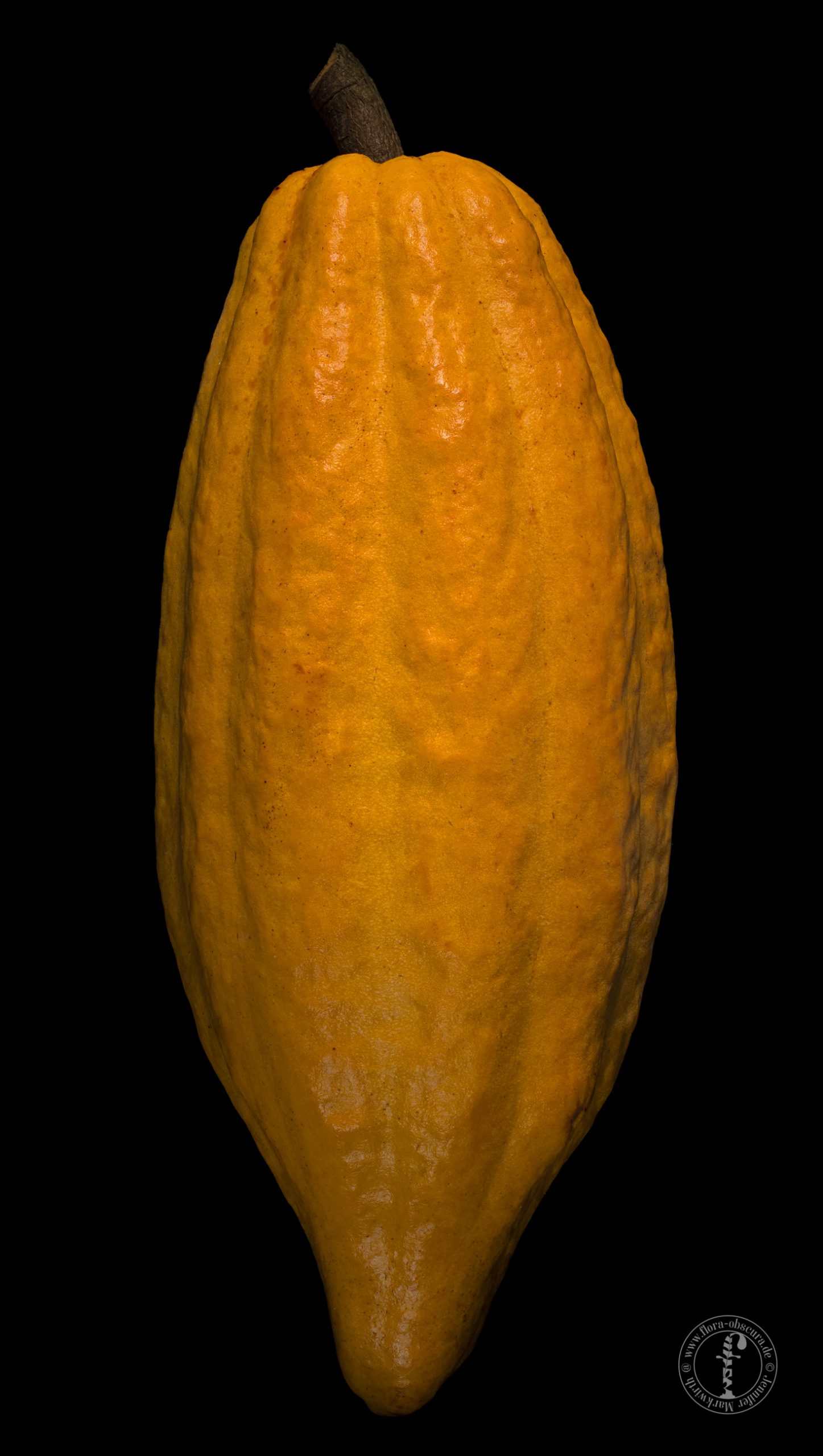Search Results for Berry
Miracle berry has a unique effect on our sense of taste: it superimposes taste impressions in a way that everything is perceived as being sweet.
As soon as the small fruits of pheasant berry are ripe and therefore dark brown and soft, they taste intensely like slightly burnt (bitter) caramel.
The small kiwi berries are in their anatomy miniature editions of the common kiwifruit (A. deliciosa) and also have the typical aroma of the large fruits.
Billberry cactus has an impressive growth height of up to 4 meters, and yet it produces only very small, sweet tasting fruits.
Bog bilberries can be freshly taken from the shrub or processed into jam, compote, liqueur and wine.
Ripe fruits of Beale’s barberry are edible raw or cooked and a jam can be prepared. Dried berries give muesli a fruity note.
The black, round berries with white little hairs are best eaten fresh as soft fruit, but they are of course also suitable for making jam, jelly, juice and liqueur.
The gooseberry grows in many gardens and can be picked fresh from the bush or eaten as light green jelly or compote.
The colourful fruits of Amur peppervine taste predominantly sweet. They have no intense taste and no acidity.
The Ligiri, native to East Asia, carries clusters of small berries that taste bitter and tangy. They can be eaten raw or cooked.
The Magenta Lilly Pilly is usually eaten raw, but can also be processed to a jam
Pinot Gris is a variety of the common grape vine, which belongs to the white wines although the grape skin has a reddish to grey-violet colour.
Scheurebe produces excellent dessert wines. But an early harvest leads to extremely unpleasant aromas, which are supposed to remind one of sweat or cat urine.
This berry of Harrisia pomanensis is not only visually reminiscent of pitayas, but also in taste and consistency.
The berry tastes sweet, hardly sour and has no characteristic aroma.
The local people like the fruits directly from the shrub, but they can also be processed to confectionery and fruit schnapps.
Contrary to the green colour, the Green Zebra tastes, like many other types of tomatoes, pleasantly sweet.
The entire plant of the ‘Elberta Girl’ tomato cultivar is covered with a fine, silvery fluff. The leaves are somewhat curly, the fruits are flamed. They are not very sweet, the flesh is of a rather mealy-soft consistency.
Unlike the grey-violet, roundish passion fruit (P. edulis f. edulis), this fruit of sweet granadilla is rarely used for the production of juices, but mainly as freshly eaten dessert fruit.
Pineapple tomatoes are one of the largest and heaviest tomato varieties. Individual fruits can weigh over 1 kg.
Java apples are usually eaten raw as dessert fruit, but sometimes they also find their way into spicy dishes.
The intense pink color of this fruit, especially of the fruit flesh, is a challenge for the eye and for the camera sensor.
Almost all parts of the beautiful and fast-climbing stuffing cucumber are edible
Many do not know that the fruits of prickly heath, which are usually white, can also be eaten.
The pitaya is best eaten fresh and raw. I like to spoon out the white, sweet fruit pulp from the halved fruit.
The fruits grow in compact bundles and have a leathery, pale brown skin. The flesh is mainly eaten raw, but can also be processed into compote and canned foods.
Redcurrants are processed to red fruit soups and summer pudding, juice and ice cream. And many more…
Date plums can be eaten raw after frost destroyed their adstringency, but they are most eaten dried.
The fruit ripens throughout the summer and into the autumn. It has a firm flesh and is mainly processed into tomato paste and canned food.
The variety ‘Rotonda bianca sfumata di rosa’ is found in the trade quite rare, typical in our (European) view are the black varieties.
Beef tomatoes are mainly used for cooking, they can be filled and baked or used in stews and sauces. Tomatoes are even suitable for jams – alone or mixed with other fruits.
The flesh of this persimmon reminded me of a dried date: it was brown and soft, tasted sweet, perhaps caramel-like, but unfortunately also “not quite fresh”.
I have only tried the approximately walnut-sized kernels, of which there are usually 3 to 4 in a fruit. They contain a lot of water and have a subtle, coconut-like, sweet taste.
The carambola or star fruit is often used for decoration at buffets or in cocktails.
Cattley guava has spherical, red berries that can be eaten fresh or processed into juice, jam and sorbet.
The jelly-like fruit content, which surrounds the disc-shaped seeds, tastes sweet and is a small snack for anytime.
Pomegranate juice is obtained from these fruits, which is then processed into pomegranate wine and grenadine.
It is cut into small pieces for seasoning, especially for salsas.
Indigo rose tomato belongs to the rather small-fruited varieties and can be eaten directly from the shrub.
The edible fruits of Sinofranchetia are very similar to grapes, but less sweet and with a little leathery skin.
A typical attribute of the bright golden yellow tomato variety ‘Indian Moon’ is the fine blush of the very ripe fruits up to red “cheeks”.
The plant is completely protected by sharp prickles, but this should not stop anyone from tasting the sweet berries that look like 2 cm large tomatoes.
The approximately 3-4 cm long, round-oval berries of the mouse melon resemble tiny water melons with their light and dark green mesh pattern, but they taste intensive like cucumbers.
Like their red relatives, white currants are popular garden plants, but their fruits are sweeter.
When the fruit ripenes, it turns red, unfortunately it becomes also very mushy. The tindola, as the fruit of the ivy gourd plant is called, is eaten as a fruit-vegetable. Ripe fruits can be candied. In tropical Asia the young shoots are also eaten.
Boiled, fried or filled and baked, the immature fruits are very appreciated because of their bitterness.
The berries are compact, the fruits are green when ripe and have a high sugar content.
The purple calabash tastes sweet and very aromatic, as one would otherwise expect from the much smaller cocktail tomatoes.
The red tissue, which encloses the poisonous seeds, tastes very sweet.
The fruits of the scarlet fuchsia are edible, taste sweet and a little pungent.
The soursop is very similar to the cherimoya which is related to it, but it is even more sensitive to pressure and therefore rarely found on the market.
Despite its bright red berries, Schonburger belongs to the white wines, its quality is compared with Traminer.
The berries of Cabernet Mitos not only have a deep blue, frosted skin, but their pulp is also rich in red pigments, which is not the case with most other grapes.
Riesling wines are of high quality and easily assume the character of their growing region.
The black skin is tough and tastes astringent, but the white, firm flesh inside is sweet and reminds of a grape or gooseberry in taste.
Kaiser Alexander cucumbers at maturity have a dark brown skin with netting. At this stage, the fruit should be peeled before eating.
The Green Nightshade or Poro Poro is called ” man-eater tomato” in German.
The fruits of the natal plum, which are red when ripe, have a creamy, soft consistency and taste sweet.
To open this fruit, I needed 2 large knives. A saw would have been better, but I didn’t have it at hand. When I spooned out the fruit, my spoon also broke.
The Baby Boo pumpkin is hardly bigger than an apple. The firm skin is white, the firm flesh rather cream-coloured to pale orange.
The purple or reddish, brittle cocoa beans are first fermented with the help of the sweet pulp for about 10 days, which reduces the bitter substances and slowly develops the typical cocoa aroma.



